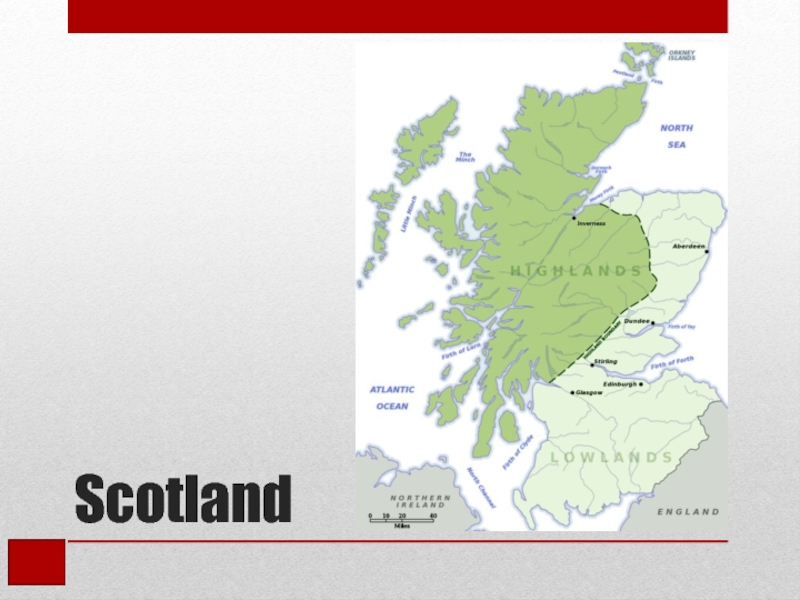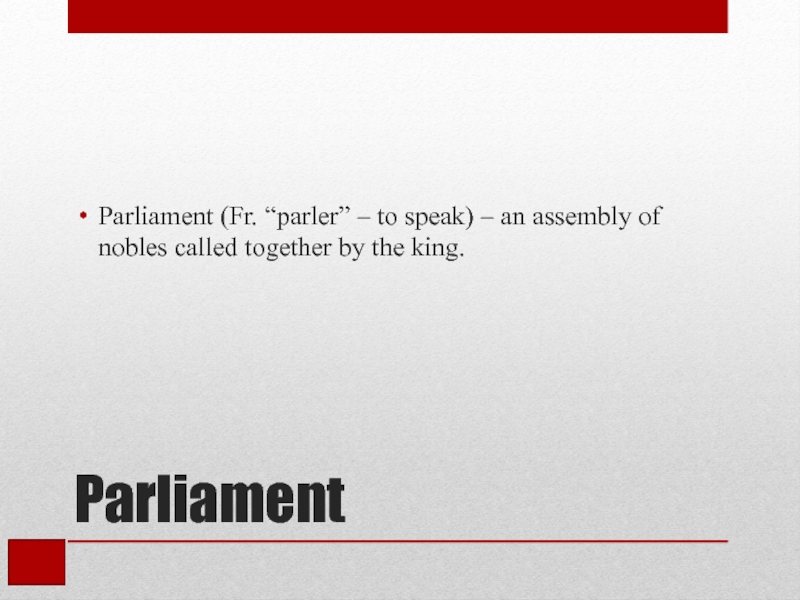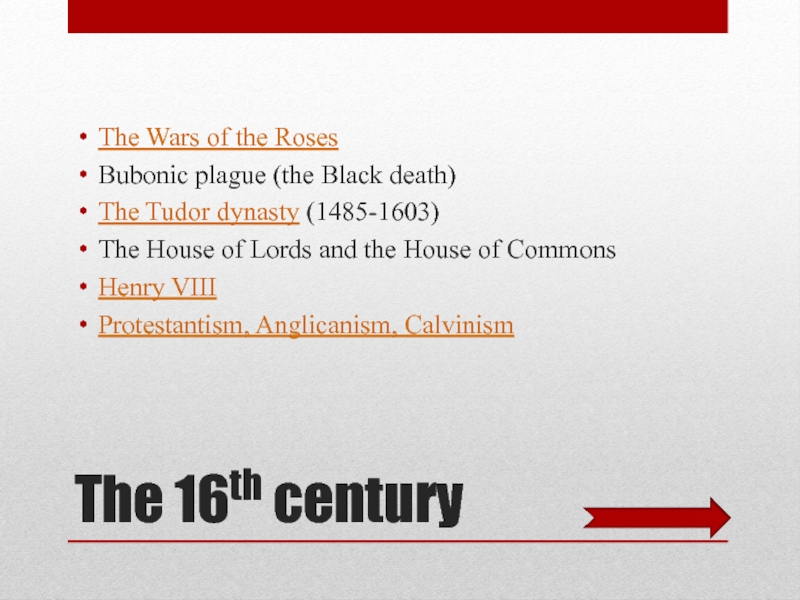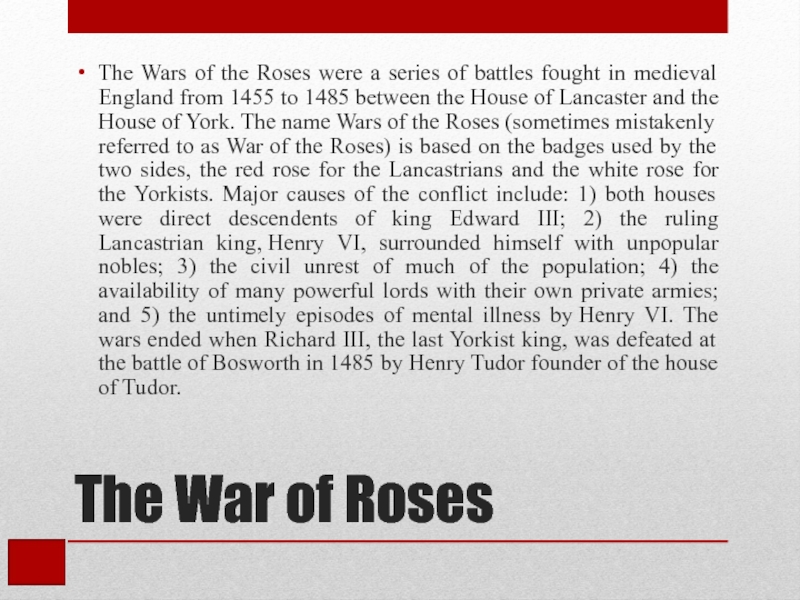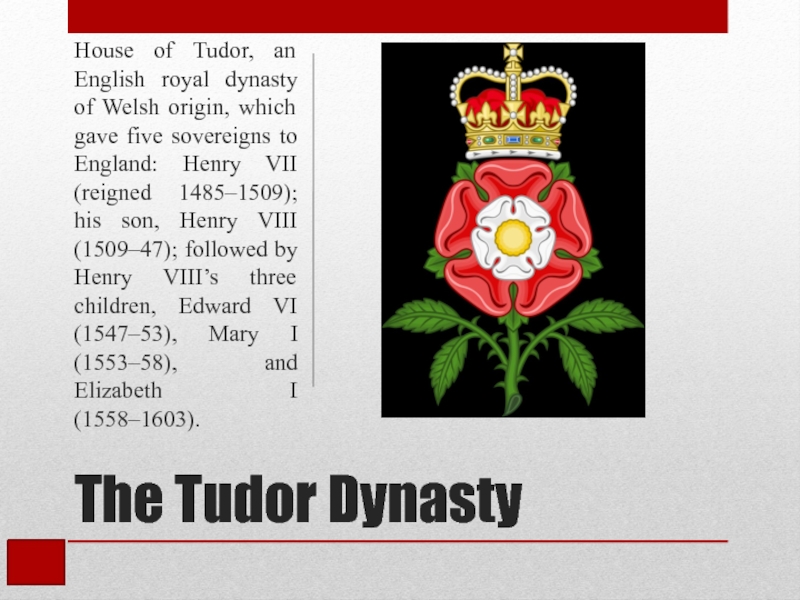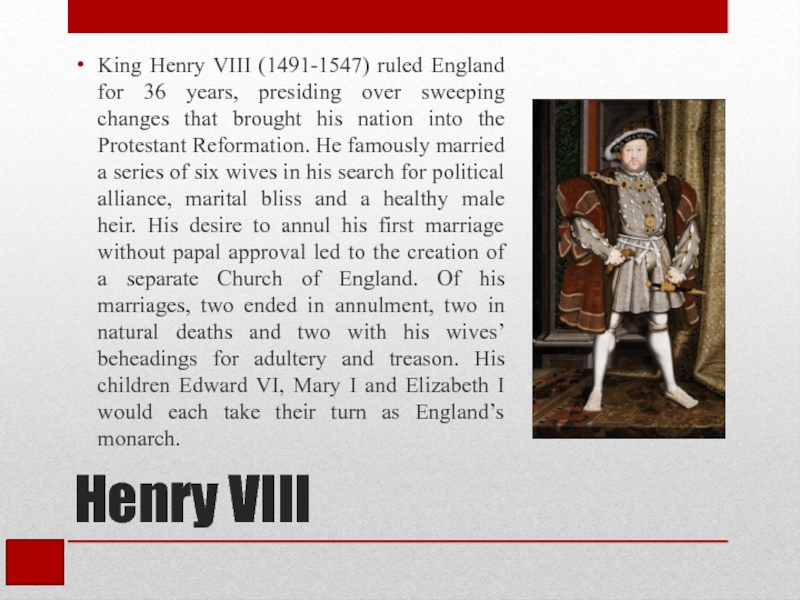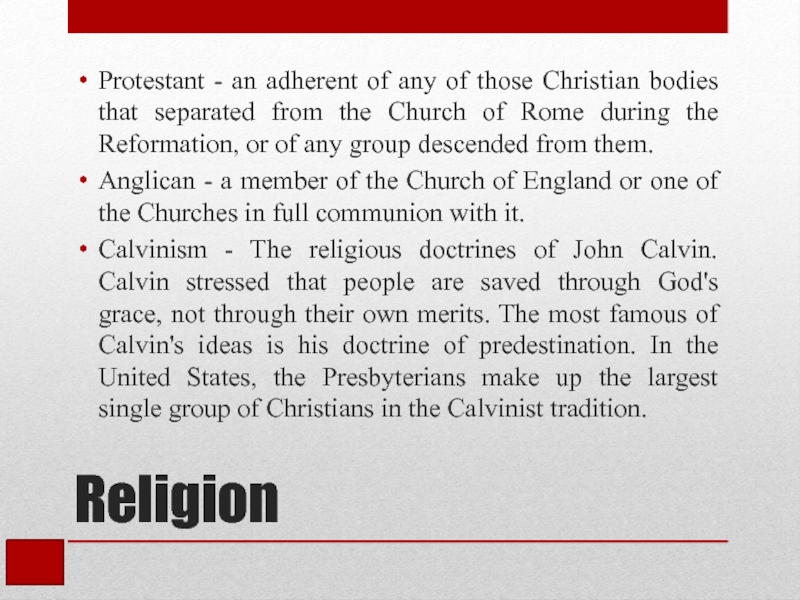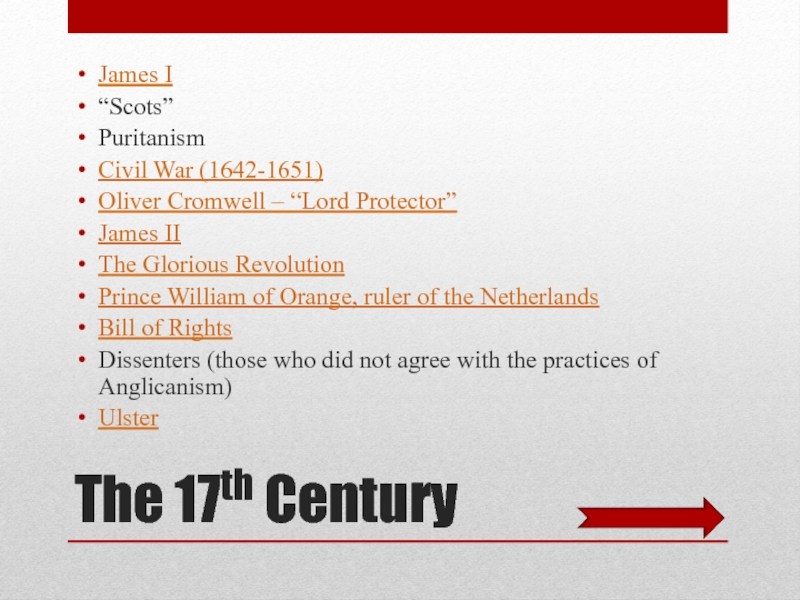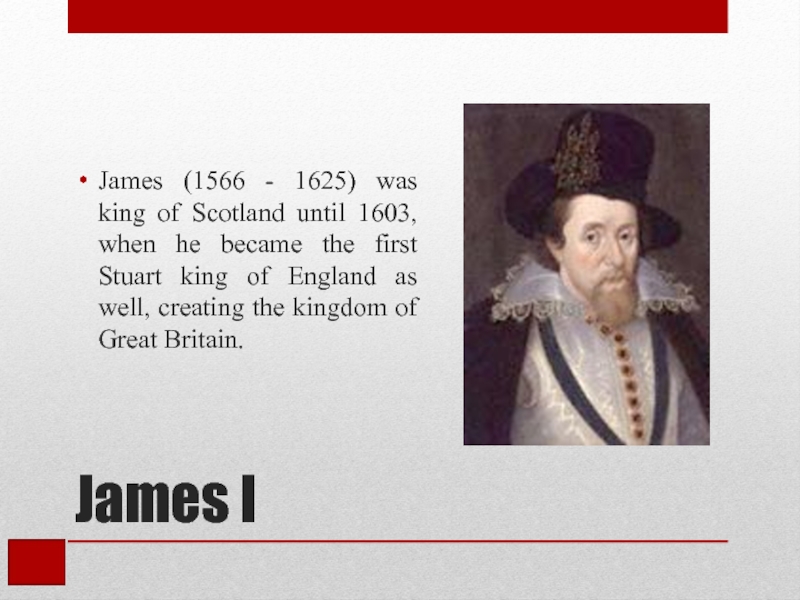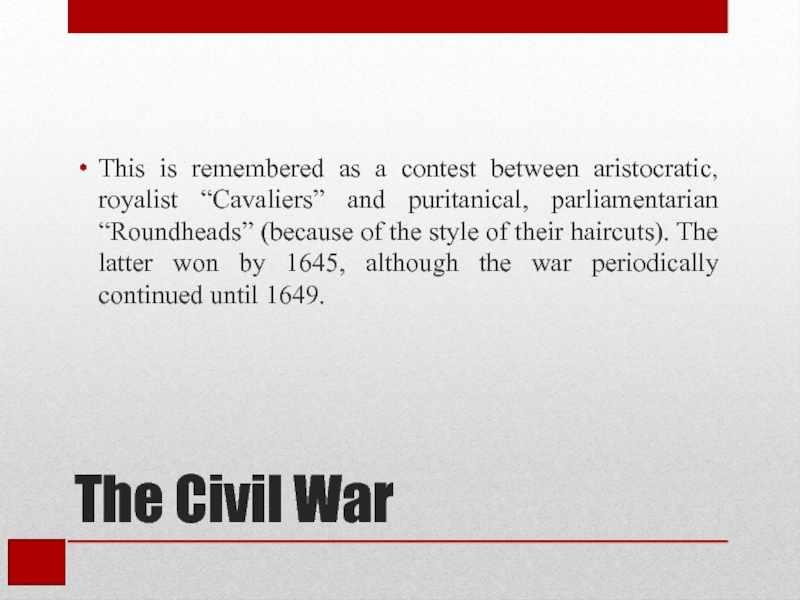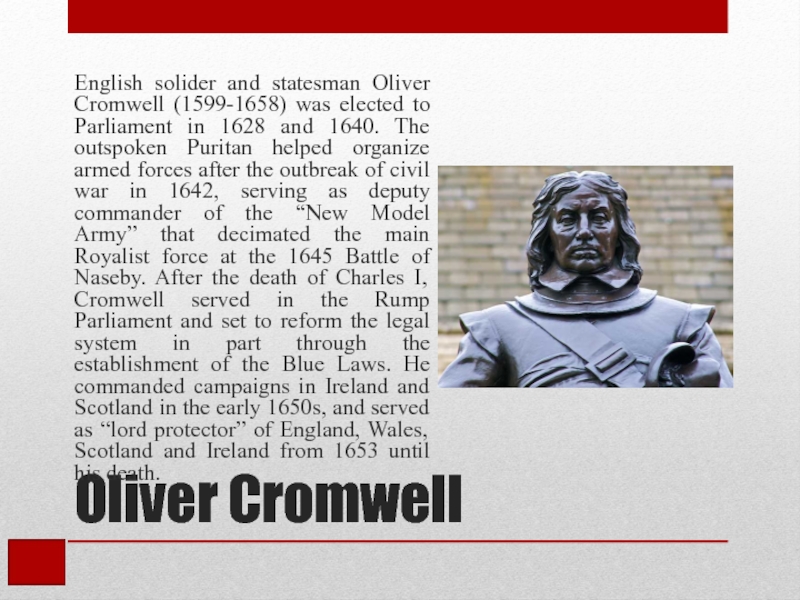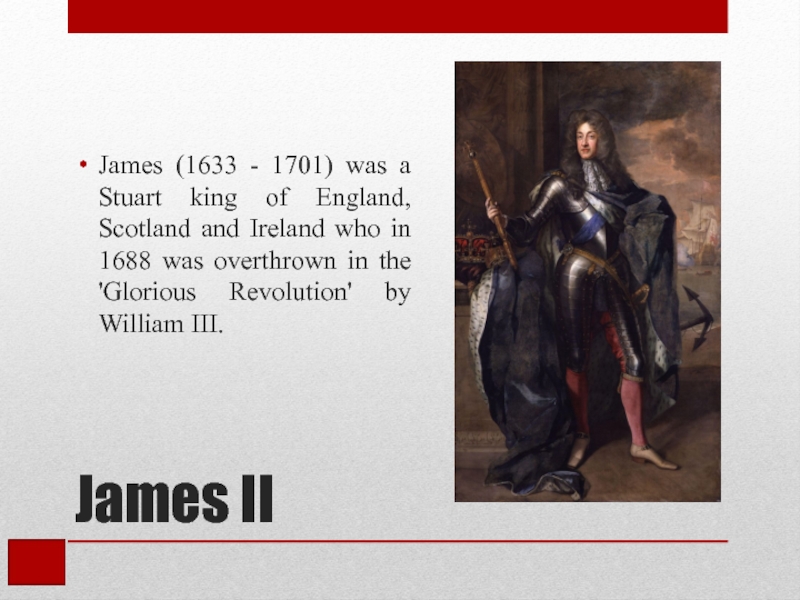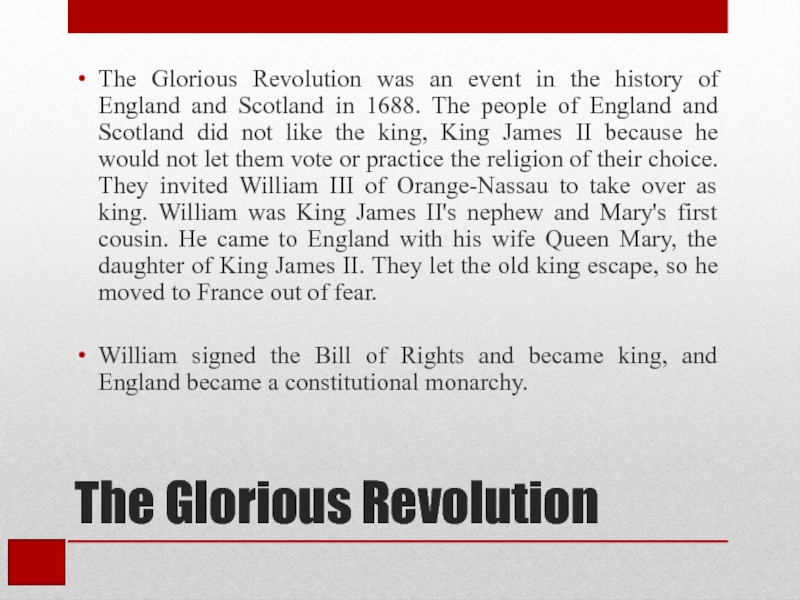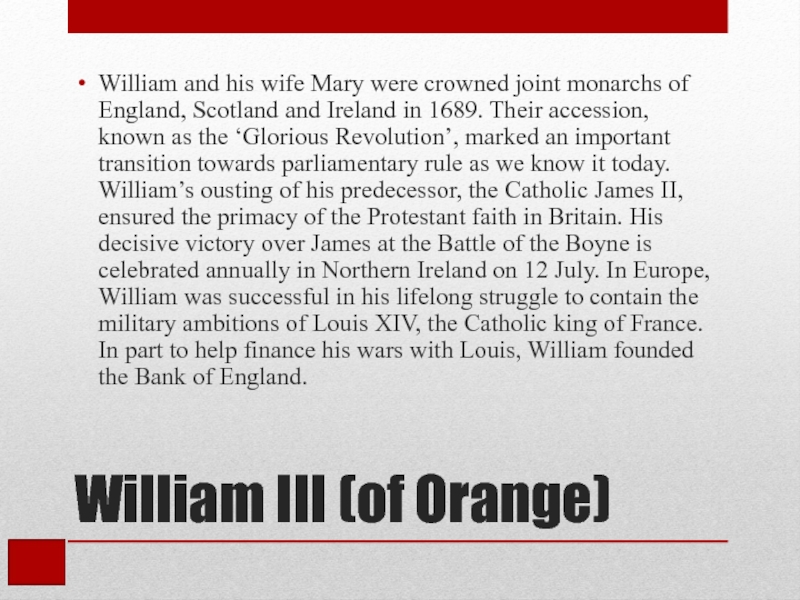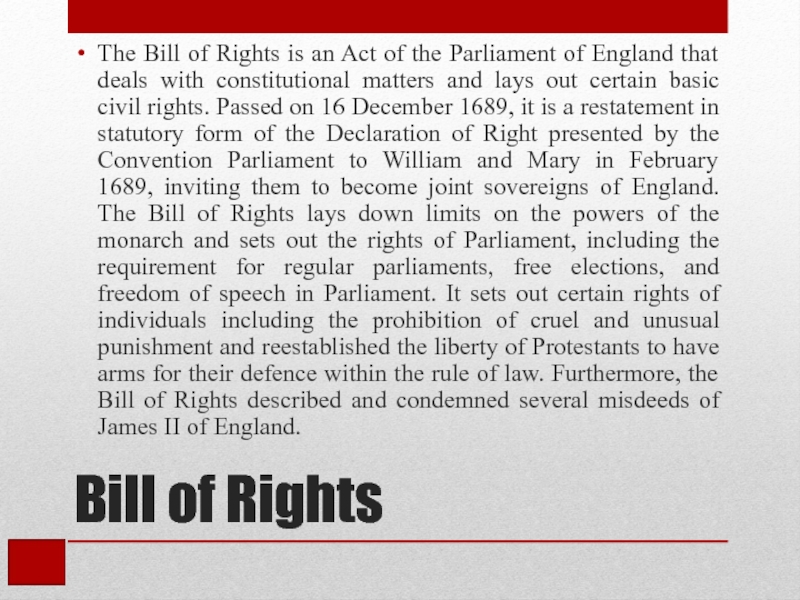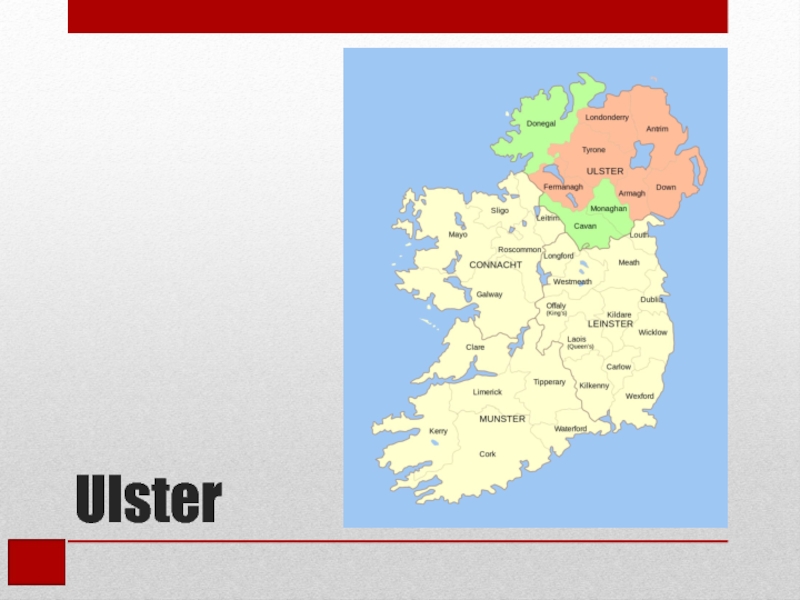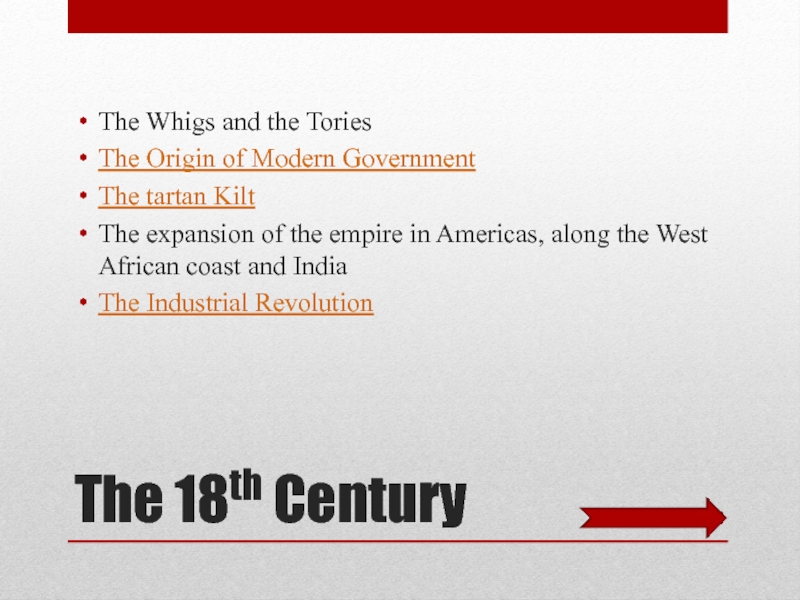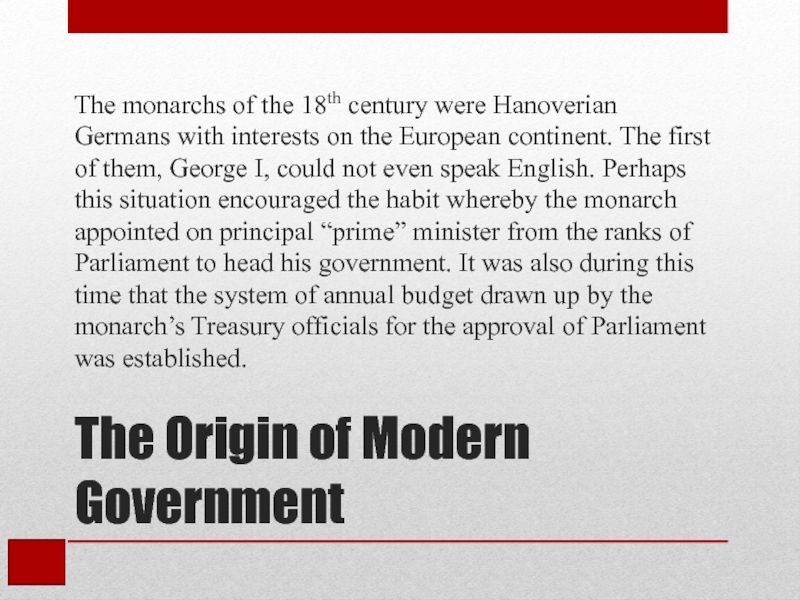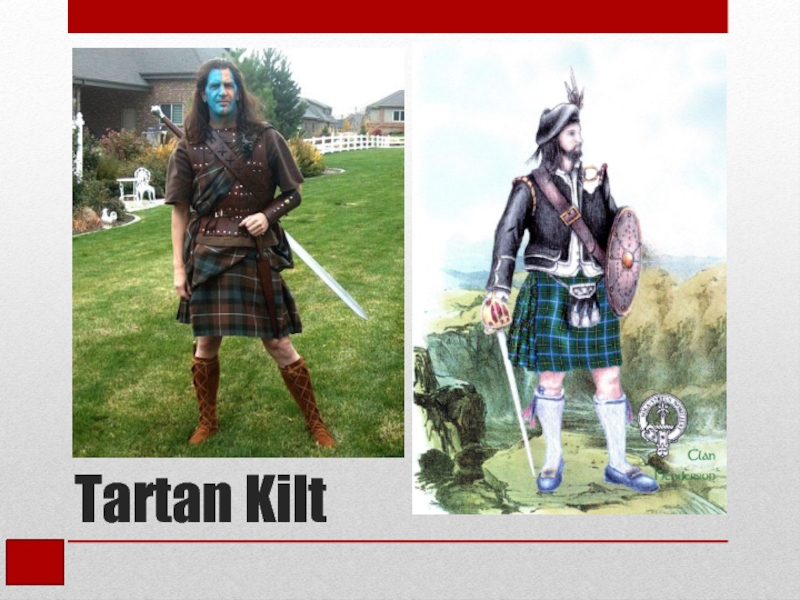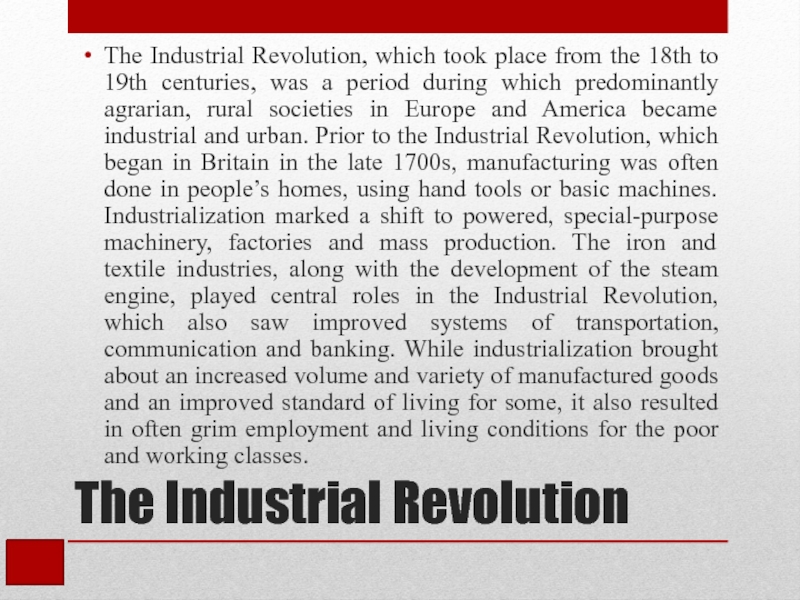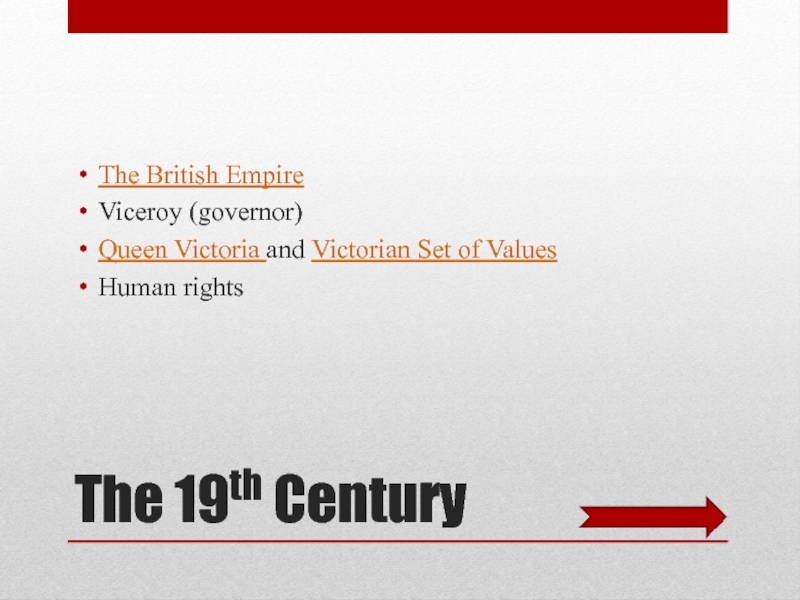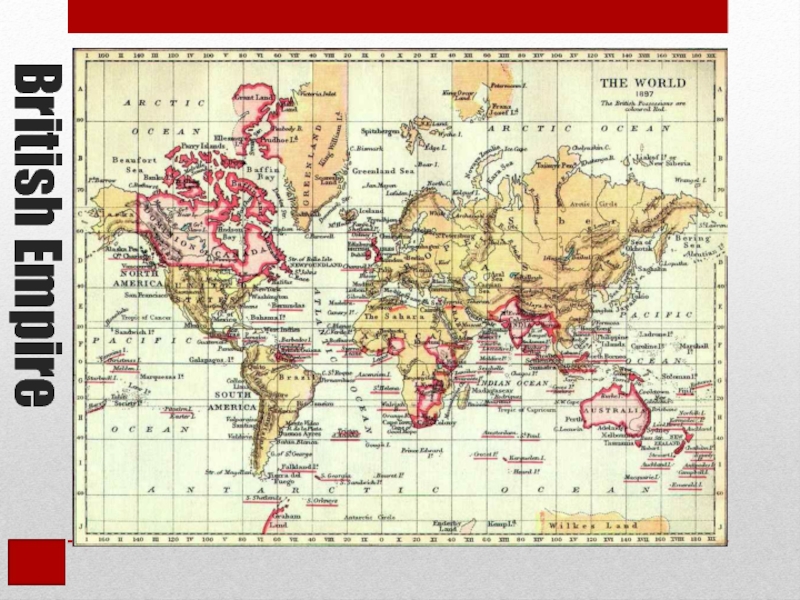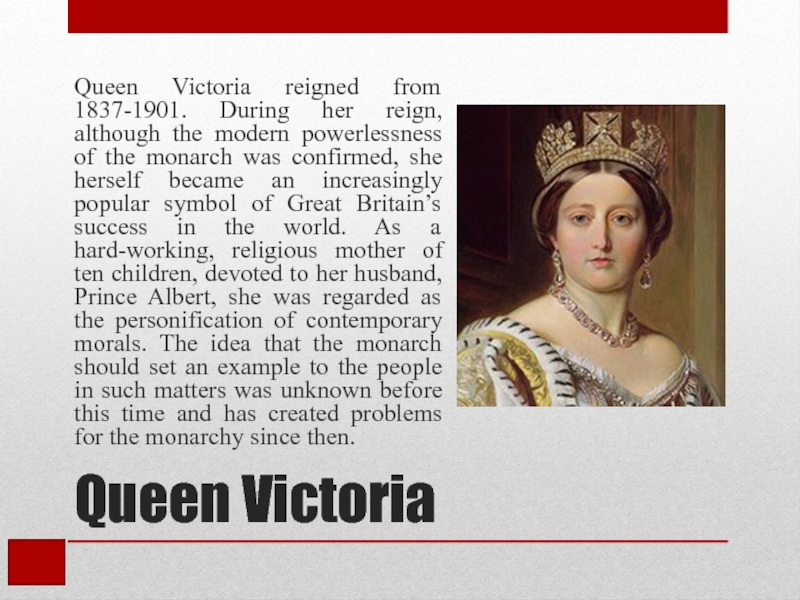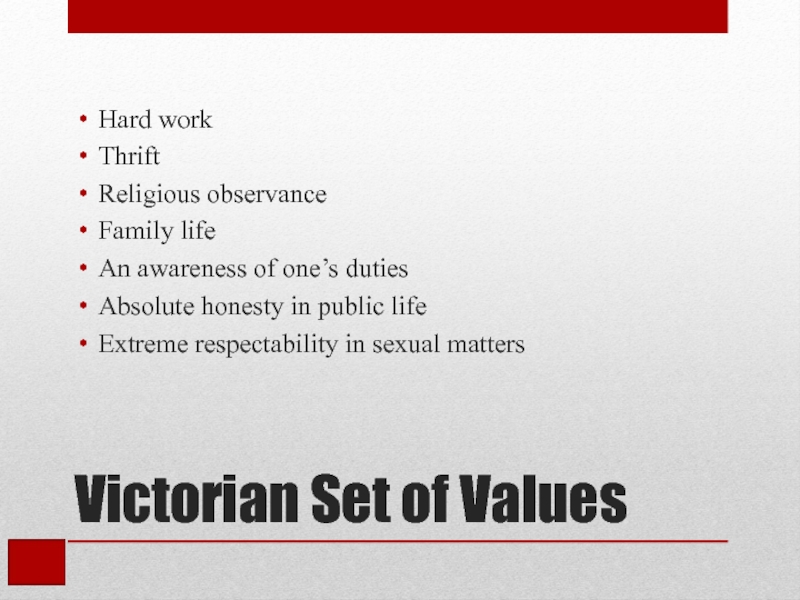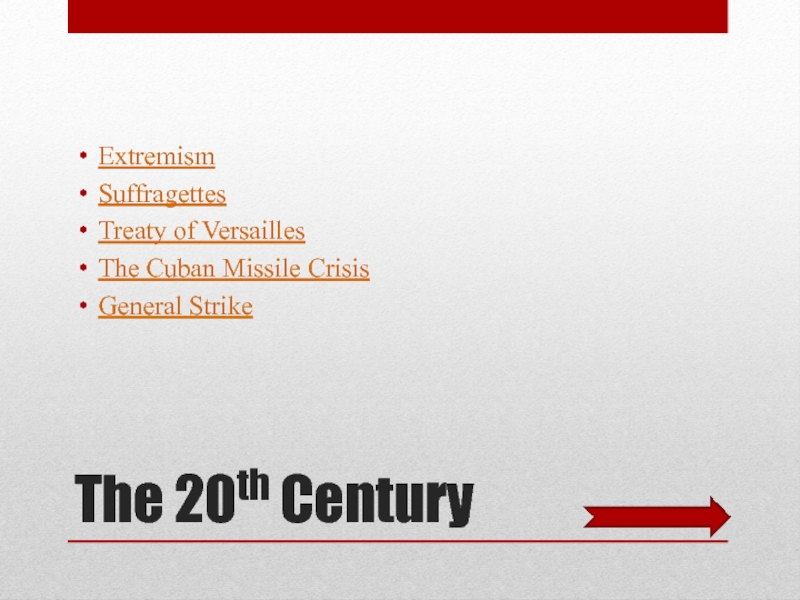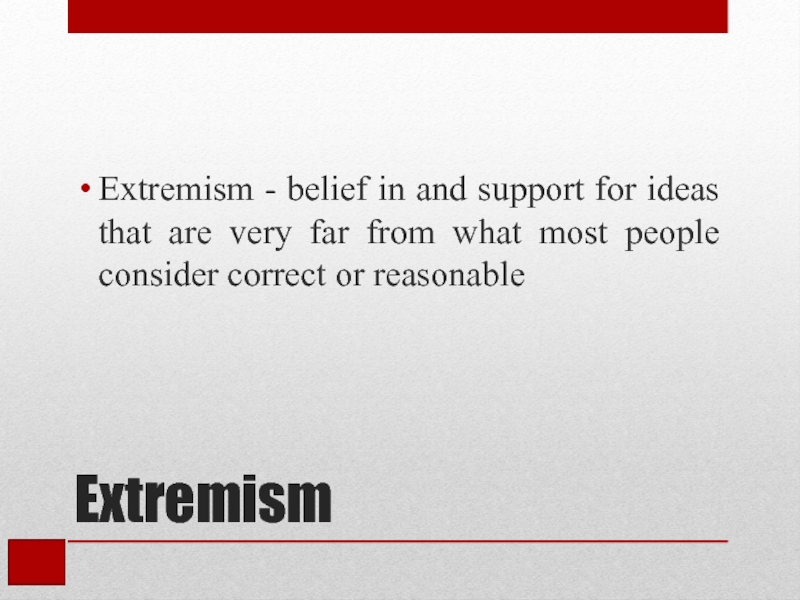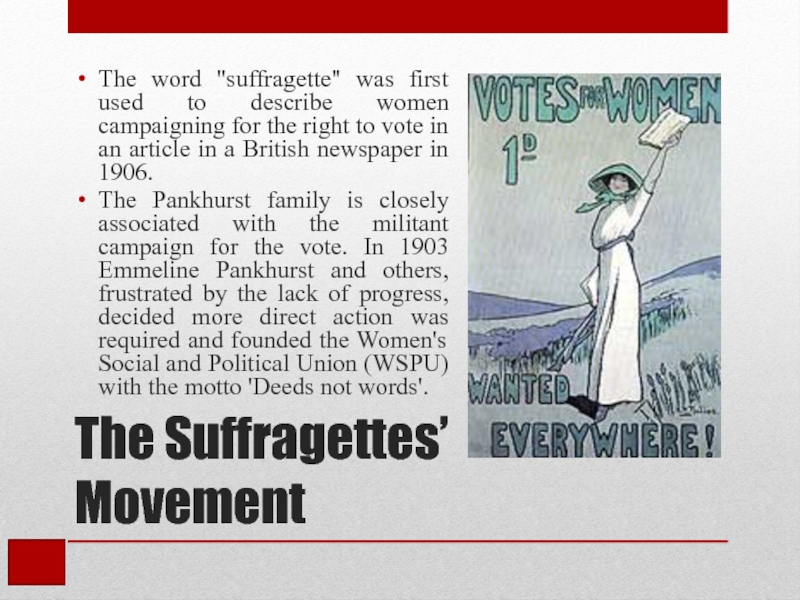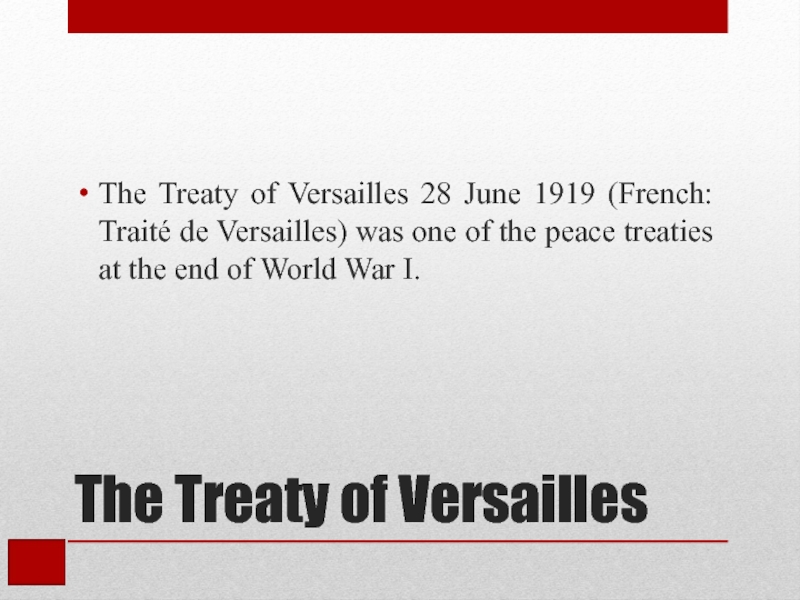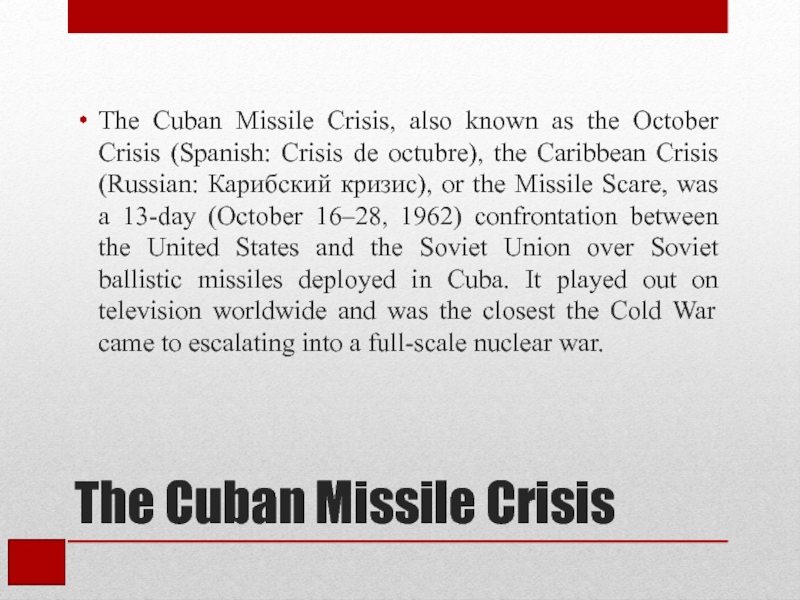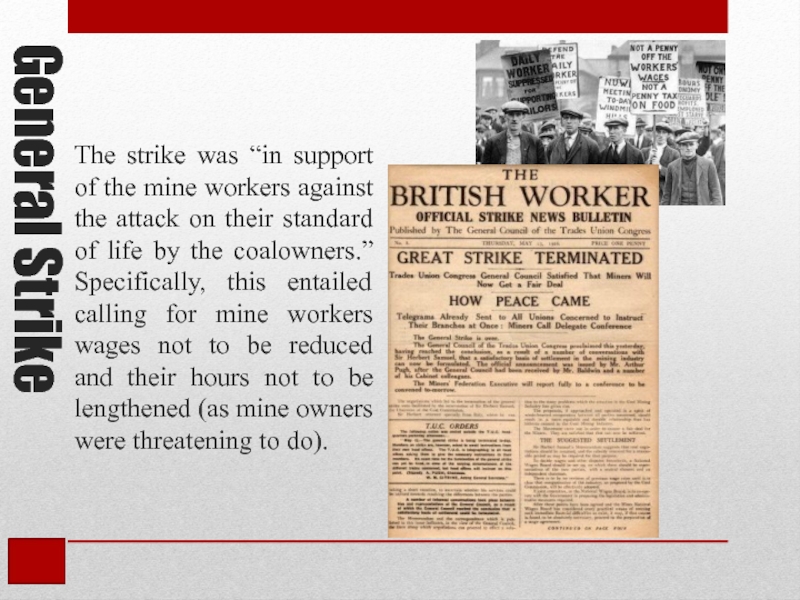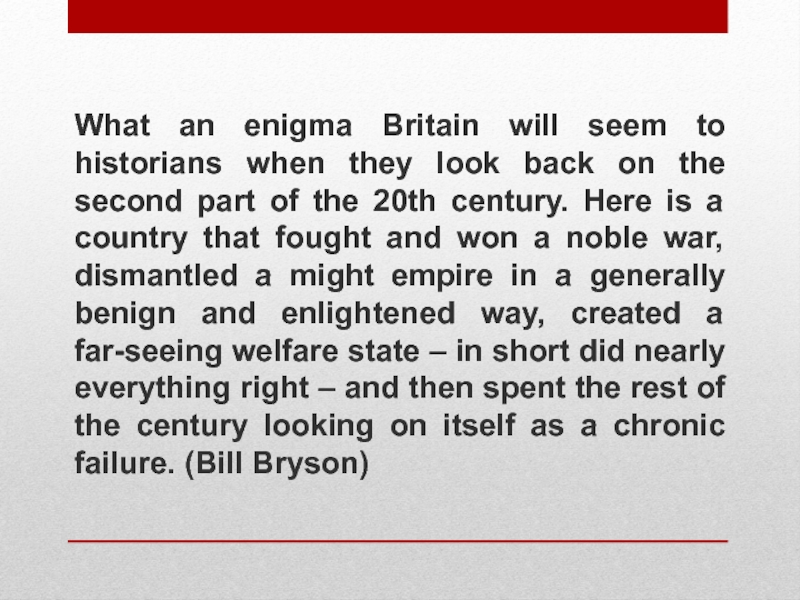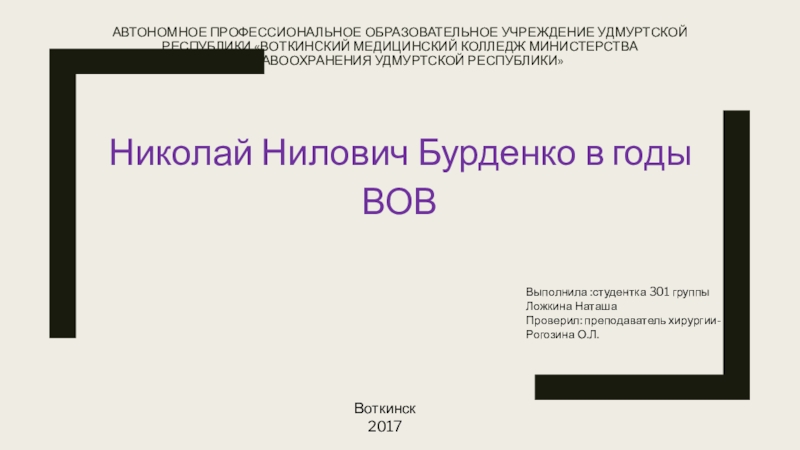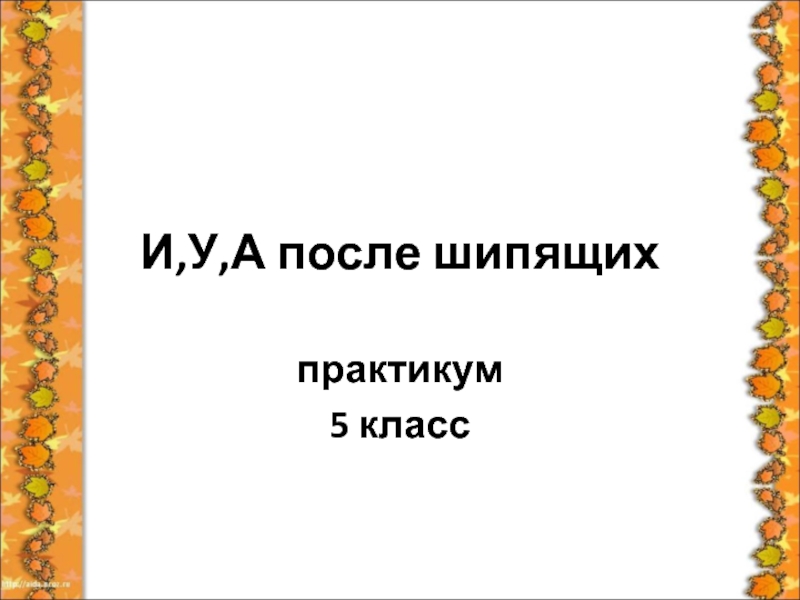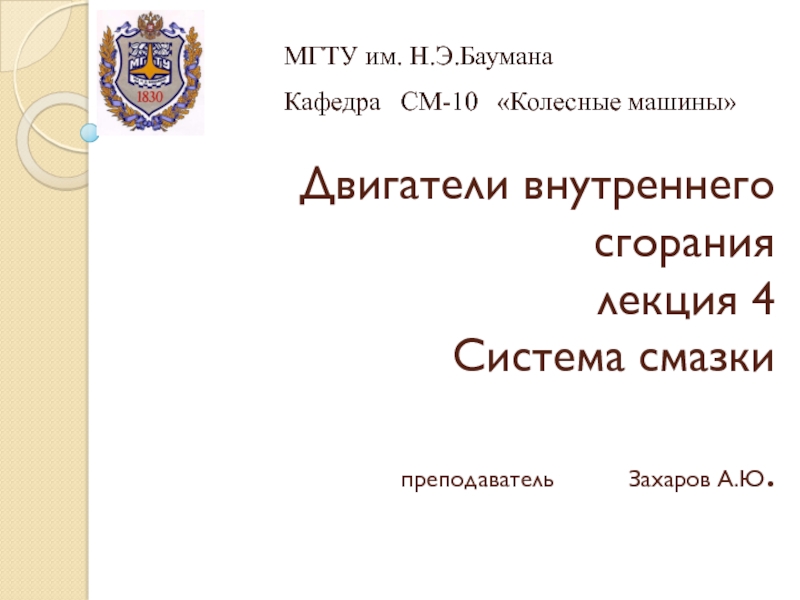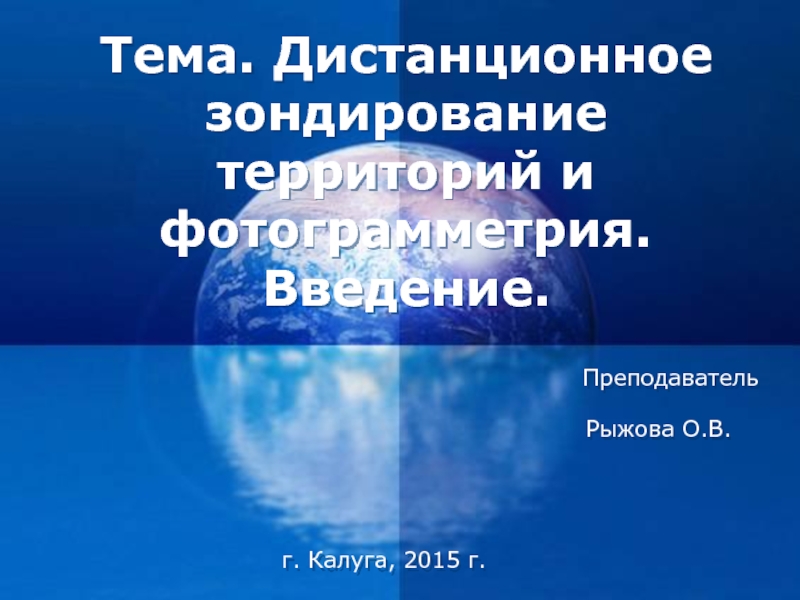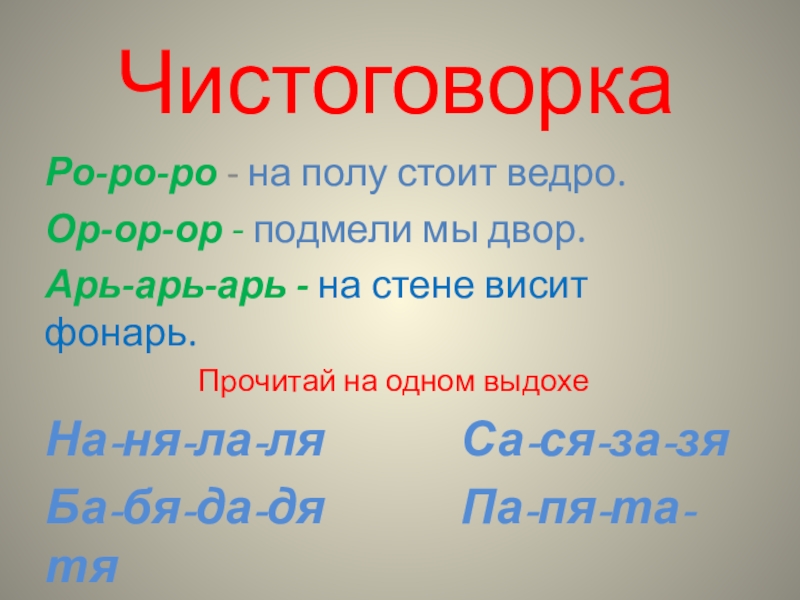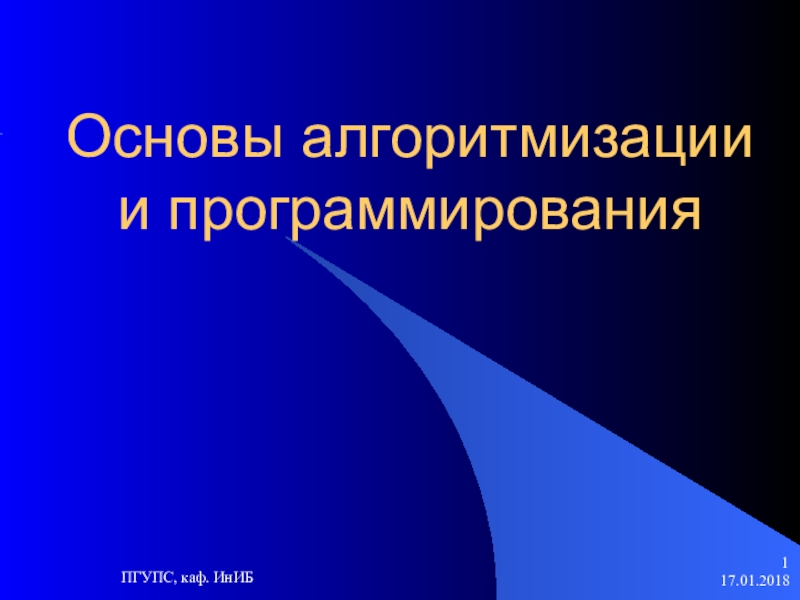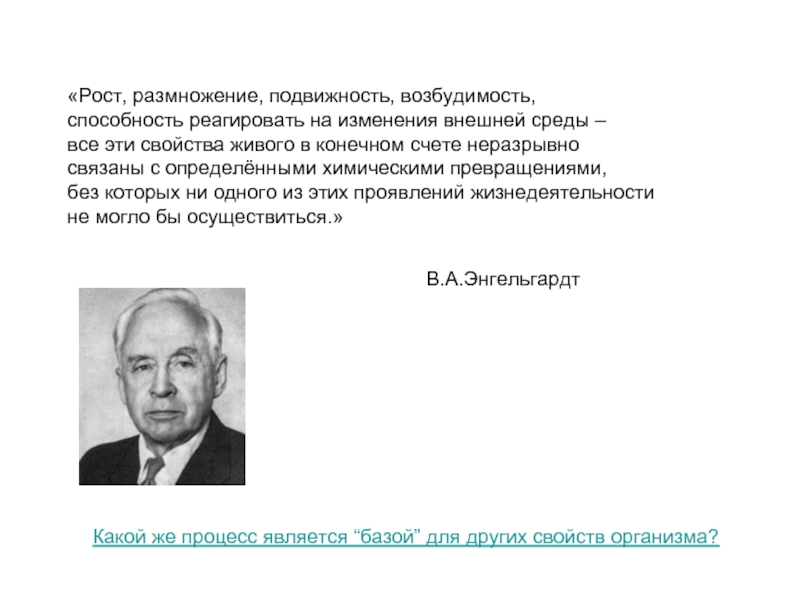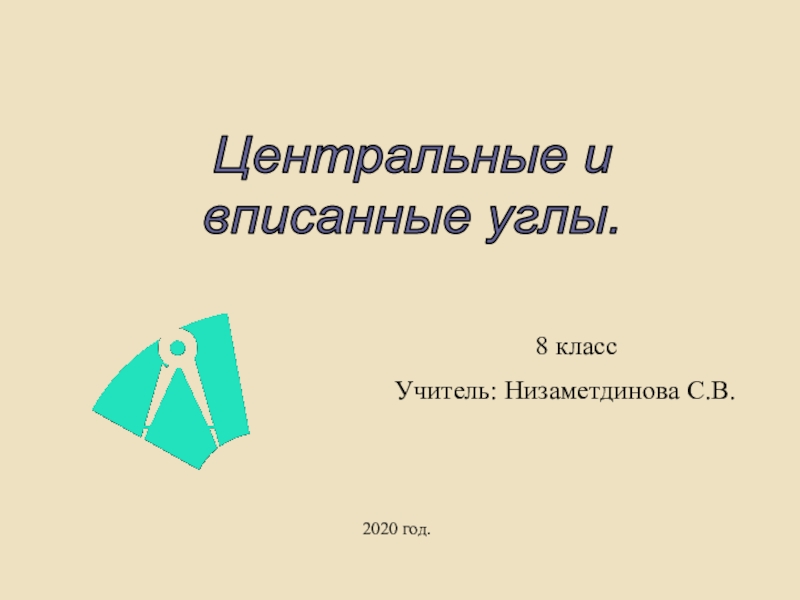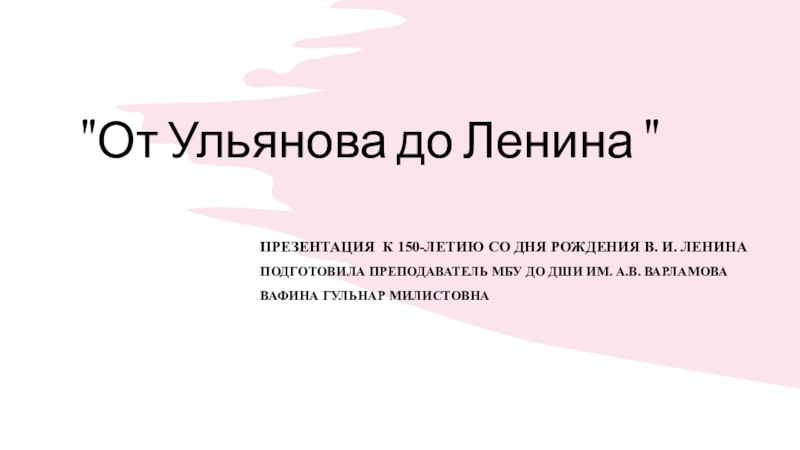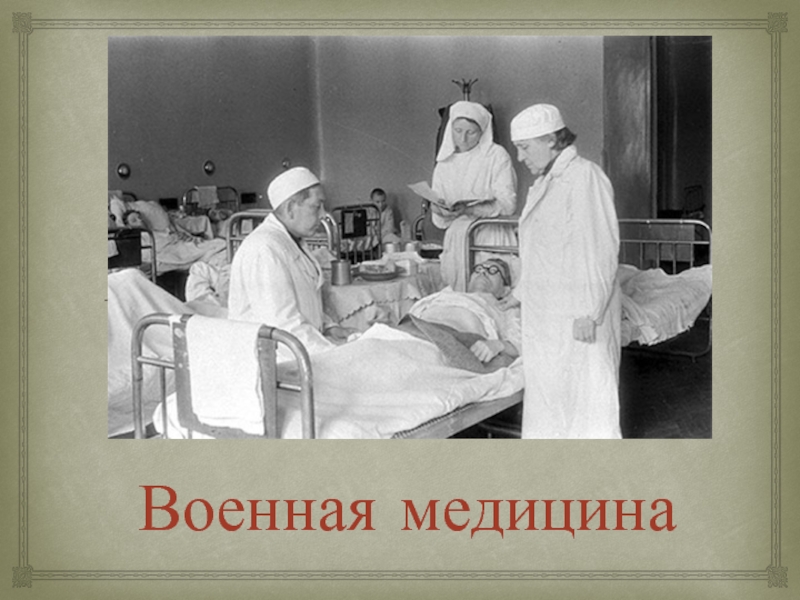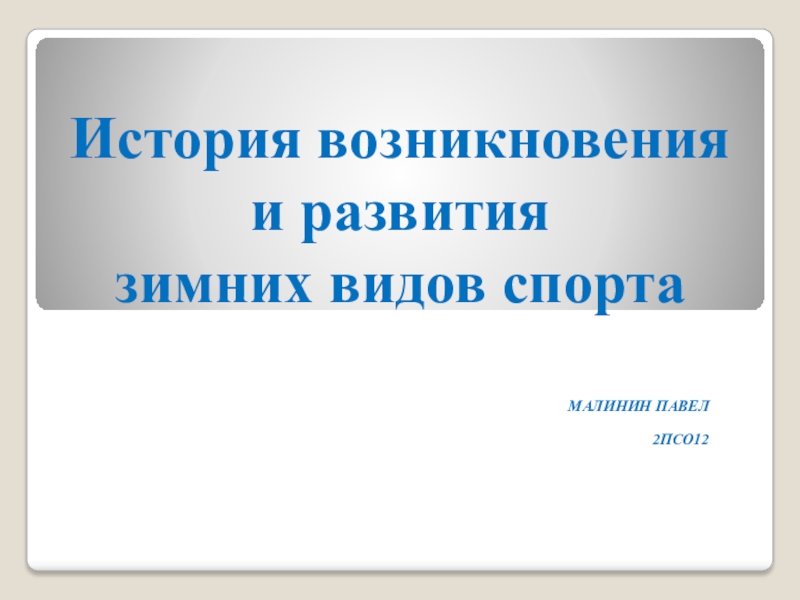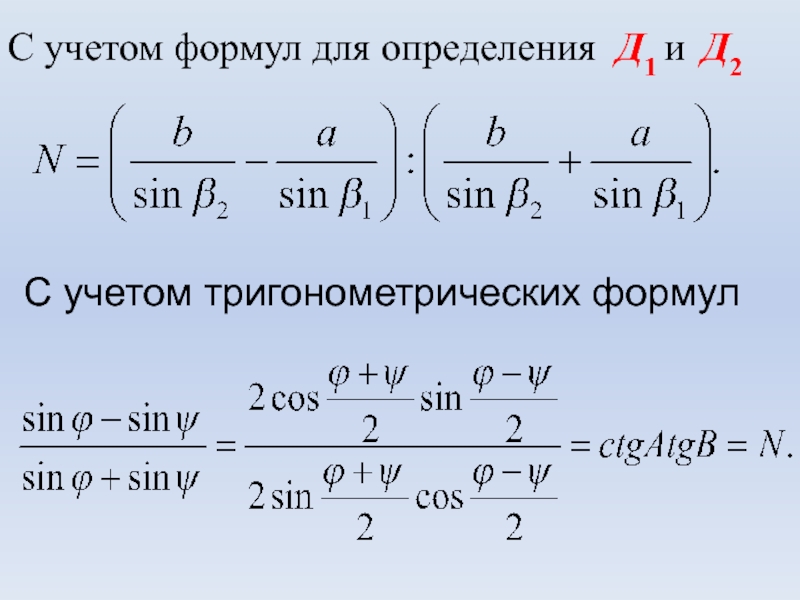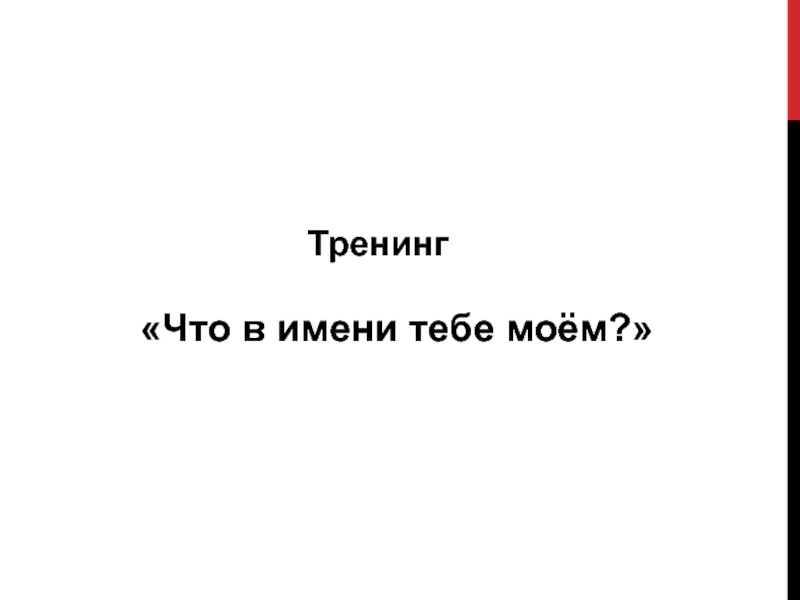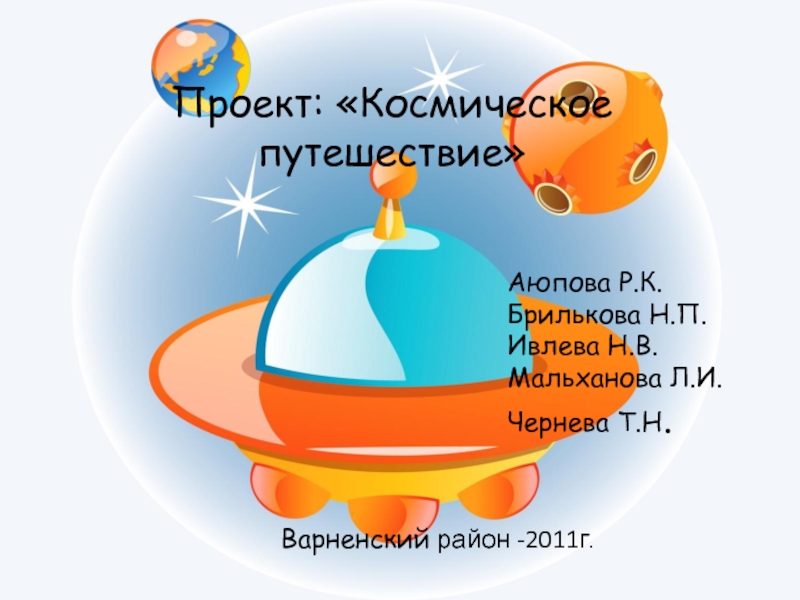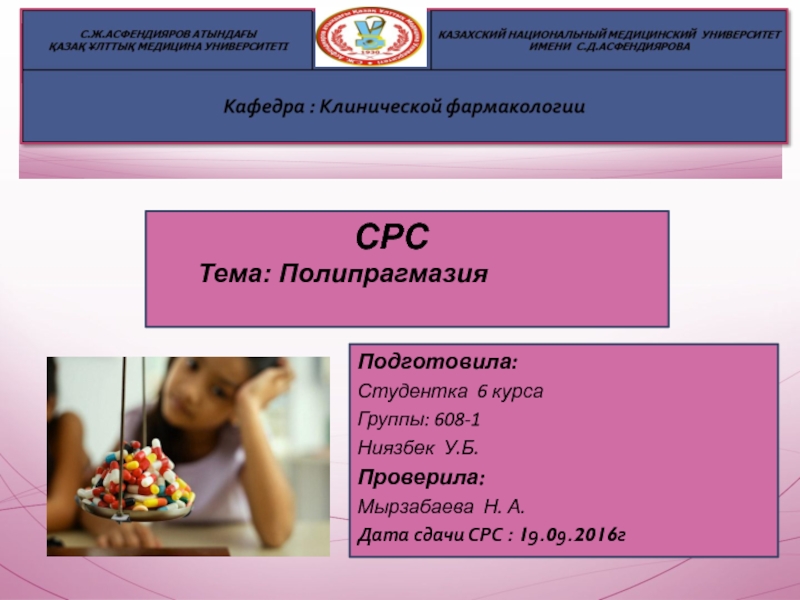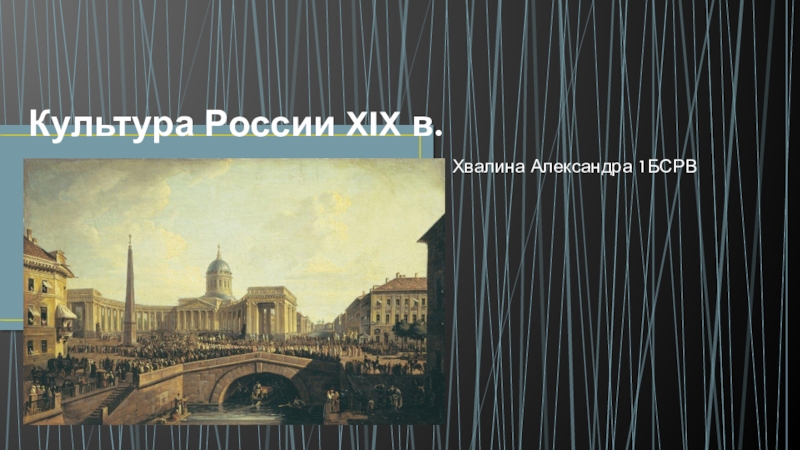Разделы презентаций
- Разное
- Английский язык
- Астрономия
- Алгебра
- Биология
- География
- Геометрия
- Детские презентации
- Информатика
- История
- Литература
- Математика
- Медицина
- Менеджмент
- Музыка
- МХК
- Немецкий язык
- ОБЖ
- Обществознание
- Окружающий мир
- Педагогика
- Русский язык
- Технология
- Физика
- Философия
- Химия
- Шаблоны, картинки для презентаций
- Экология
- Экономика
- Юриспруденция
Introduction
Содержание
- 1. Introduction
- 2. An Outline of British HistoryLecture 1
- 3. PlanPre-historic PeriodRoman PeriodGermanic InvasionsMedieval Period16th Century17th Century18th Century19th Century20th Century
- 4. Pre-historic PeriodStone AgeIberians [ai’biəriənz]StonehengeCeltic [‘kelik] tribes (Britons) – 6th – 3d centuries BC
- 5. StonehengeStonehenge was built on Salisbury Plain some
- 6. Celtic Tribes
- 7. Roman PeriodRoman province of BritanniaScotsPictsBritons in England
- 8. Roman Britannia
- 9. Hadrian’s wallHadrian’s wall was built by the
- 10. Germanic Invasions5th – 10th centuriesThe Angles and
- 11. The Anglo-Saxon Invasions
- 12. King ArthurKing Arthur is a legendary British
- 13. PaganA somewhat vague term derived from the
- 14. ChristianityChristianity - the religion derived from Jesus
- 15. Viking Invasions
- 16. King Alfred the GreatKing of the southern
- 17. Medieval PeriodNorman invasion in 1066Feudal systemThe end
- 18. Norman Invasion
- 19. The Battle of Hastings (1066)On 14 October
- 20. Feudal System
- 21. Language and Social ClassAn example of the
- 22. The End of 13th CenturyA large part
- 23. EisteddfodsAn eisteddfod (Welsh: [ə(i)ˈstɛðvɔd] is a Welsh
- 24. Scotland
- 25. ParliamentParliament (Fr. “parler” – to speak) – an assembly of nobles called together by the king.
- 26. The 16th centuryThe Wars of the RosesBubonic
- 27. The War of RosesThe Wars of the
- 28. The Tudor DynastyHouse of Tudor, an English
- 29. Henry VIIIKing Henry VIII (1491-1547) ruled England
- 30. ReligionProtestant - an adherent of any of
- 31. The 17th CenturyJames I“Scots”PuritanismCivil War (1642-1651)Oliver Cromwell
- 32. James IJames (1566 - 1625) was king
- 33. The Civil WarThis is remembered as a
- 34. Oliver CromwellEnglish solider and statesman Oliver Cromwell
- 35. James IIJames (1633 - 1701) was a
- 36. The Glorious RevolutionThe Glorious Revolution was an
- 37. William III (of Orange)William and his wife
- 38. Bill of RightsThe Bill of Rights is
- 39. Ulster
- 40. The 18th CenturyThe Whigs and the ToriesThe
- 41. The Origin of Modern GovernmentThe monarchs of
- 42. Tartan Kilt
- 43. The Industrial RevolutionThe Industrial Revolution, which took
- 44. The 19th CenturyThe British EmpireViceroy (governor)Queen Victoria and Victorian Set of ValuesHuman rights
- 45. British Empire
- 46. Queen VictoriaQueen Victoria reigned from 1837-1901. During
- 47. Victorian Set of ValuesHard workThrift Religious observanceFamily
- 48. The 20th CenturyExtremismSuffragettesTreaty of VersaillesThe Cuban Missile CrisisGeneral Strike
- 49. ExtremismExtremism - belief in and support for
- 50. The Suffragettes’ MovementThe word "suffragette" was first
- 51. The Treaty of VersaillesThe Treaty of Versailles
- 52. The Cuban Missile CrisisThe Cuban Missile Crisis,
- 53. General StrikeThe strike was “in support of
- 54. What an enigma Britain will seem to
- 55. Скачать презентанцию
An Outline of British HistoryLecture 1
Слайды и текст этой презентации
Слайд 1Introduction
What do the Russians look for when they travel abroad?
“What
they are doing makes sense to them.”
culture requires knowledge of the country’s: HISTORY, POLITICS, LITERATURE AND ART, TRADITIONS AND CUTOMS, VALUES AND BELIEFSСлайд 3Plan
Pre-historic Period
Roman Period
Germanic Invasions
Medieval Period
16th Century
17th Century
18th Century
19th Century
20th Century
Слайд 4Pre-historic Period
Stone Age
Iberians [ai’biəriənz]
Stonehenge
Celtic [‘kelik] tribes (Britons) – 6th –
3d centuries BC
Слайд 5Stonehenge
Stonehenge was built on Salisbury Plain some time between 3050
and 2300 BC. It is one of the most famous
and mysterious archaeological sites in the world. One of the mysteries is how it was ever built at all with the technology of the time (the stones came from over 200 miles away in Wales). Another is its purpose. It appears to function as a kind of astronomical clock and we know it was used by the Druids for ceremonies making the passing of the seasons. These days Stonehenge is not only of interest to tourists, but is also a gathering point of certain minority groups such as hippies and “New Age Travelers”. It is now fenced off to protect it from damage.Слайд 7Roman Period
Roman province of Britannia
Scots
Picts
Britons in England and Wales
Gaels in
Ireland and Scotland
Londinium (London)
Chester, Lancaster, Gloucer [‘glɔstə] (Lat. “castra” –
military road)Слайд 9Hadrian’s wall
Hadrian’s wall was built by the Romans in the
second century across the northern border of their province in
order to protect their territory from attacks by the Scots and the Picts.Слайд 10Germanic Invasions
5th – 10th centuries
The Angles and the Saxons (the
Anglo-Saxons)
King Arthur
Pagan
Christianity
St. Augustine
597
Canterbury (the south-east of England)
Vikings, Norsemen, Danes
(Scandinavia)King Alfred of the Saxon kingdom of Wessex
Wessex (in the south and west) and “Danelaw” (in the north and east)
Gaelic Kingdom
Слайд 12King Arthur
King Arthur is a legendary British leader who, according
to medieval histories and romances, led the defence of Britain
against Saxon invaders in the late 5th and early 6th centuries AD. The details of Arthur's story are mainly composed of folklore and literary invention, and his historical existence is debated and disputed by modern historians.Слайд 13Pagan
A somewhat vague term derived from the Latin word paganus.
Pagan is a term which refers to a variety of
different religions. Some Pagans are of no specific religion, but rather are eclectic (разносторонний, разнообразный). In general Pagan religions have more than one deity, or many gods which are aspects of one (an idea similar to that of the Christian trinity). Another quite common feature of Pagan religions are that they tend to be nature oriented.Слайд 14Christianity
Christianity - the religion derived from Jesus Christ, based on
the Bible as sacred scripture, and professed by Eastern, Roman
Catholic, and Protestant bodies.Слайд 16King Alfred the Great
King of the southern Anglo-Saxon kingdom of
Wessex and one of the outstanding figures of English history,
as much for his social and educational reforms as for his military successes against the Danes. He is the only English monarch known as 'the Great'.Слайд 17Medieval Period
Norman invasion in 1066
Feudal system
The end of 13th century
Germanic
language (Middle English)
Norman language (French)
Eisteddfods
The division of Scotland
Parliament, 1295
Слайд 19The Battle of Hastings (1066)
On 14 October an invading country
from Normandy defeated the English at the Battle of Hastings.
The Battle was extremely bloody. At the end of it most of the best warriors in England were dead, including their leader, king Harold. On Christmas day that year the Norman leader, Duke William of Normandy, was crowned king of England. He is known in popular history as William the Conqueror and the date is remembered as the last time that England was successfully invaded.Слайд 21Language and Social Class
An example of the class distinctions introduced
into society after the Norman invasion, people often point to
the fact that modern English has two words for the larger farm animals: one for the living animal (cow, ship, pig) and another for the animal you eat (beef, pork, mutton). Only Normans normally ate meat, the poor Anglo-Saxons did not!Слайд 22The End of 13th Century
A large part of eastern Ireland
was controlled by Anglo-Norman lords in the name of the
English kingThe whole Wales was under his (the king’s) direct rule
Scotland was politically independent
Слайд 23Eisteddfods
An eisteddfod (Welsh: [ə(i)ˈstɛðvɔd] is a Welsh festival of literature,
music and performance. The tradition of such a meeting of
Welsh artists dates back to at least the 12th century, when a festival of poetry and music was held by Rhys ap Gruffydd of Deheubarth at his court in Cardigan in 1176 but, with the decline of the bardic tradition, it fell into abeyance. The present-day format owes much to an eighteenth-century revival arising out of a number of informal eisteddfodau. The closest English equivalent to eisteddfod is "session"; the word is formed from two Welsh morphemes: eistedd, meaning "sit", and bod, meaning "be".Слайд 25Parliament
Parliament (Fr. “parler” – to speak) – an assembly of
nobles called together by the king.
Слайд 26The 16th century
The Wars of the Roses
Bubonic plague (the Black
death)
The Tudor dynasty (1485-1603)
The House of Lords and the
House of CommonsHenry VIII
Protestantism, Anglicanism, Calvinism
Слайд 27The War of Roses
The Wars of the Roses were a
series of battles fought in medieval England from 1455 to
1485 between the House of Lancaster and the House of York. The name Wars of the Roses (sometimes mistakenly referred to as War of the Roses) is based on the badges used by the two sides, the red rose for the Lancastrians and the white rose for the Yorkists. Major causes of the conflict include: 1) both houses were direct descendents of king Edward III; 2) the ruling Lancastrian king, Henry VI, surrounded himself with unpopular nobles; 3) the civil unrest of much of the population; 4) the availability of many powerful lords with their own private armies; and 5) the untimely episodes of mental illness by Henry VI. The wars ended when Richard III, the last Yorkist king, was defeated at the battle of Bosworth in 1485 by Henry Tudor founder of the house of Tudor.Слайд 28The Tudor Dynasty
House of Tudor, an English royal dynasty of
Welsh origin, which gave five sovereigns to England: Henry VII
(reigned 1485–1509); his son, Henry VIII (1509–47); followed by Henry VIII’s three children, Edward VI (1547–53), Mary I (1553–58), and Elizabeth I (1558–1603).Слайд 29Henry VIII
King Henry VIII (1491-1547) ruled England for 36 years,
presiding over sweeping changes that brought his nation into the
Protestant Reformation. He famously married a series of six wives in his search for political alliance, marital bliss and a healthy male heir. His desire to annul his first marriage without papal approval led to the creation of a separate Church of England. Of his marriages, two ended in annulment, two in natural deaths and two with his wives’ beheadings for adultery and treason. His children Edward VI, Mary I and Elizabeth I would each take their turn as England’s monarch.Слайд 30Religion
Protestant - an adherent of any of those Christian bodies
that separated from the Church of Rome during the Reformation,
or of any group descended from them.Anglican - a member of the Church of England or one of the Churches in full communion with it.
Calvinism - The religious doctrines of John Calvin. Calvin stressed that people are saved through God's grace, not through their own merits. The most famous of Calvin's ideas is his doctrine of predestination. In the United States, the Presbyterians make up the largest single group of Christians in the Calvinist tradition.
Слайд 31The 17th Century
James I
“Scots”
Puritanism
Civil War (1642-1651)
Oliver Cromwell – “Lord Protector”
James
II
The Glorious Revolution
Prince William of Orange, ruler of the Netherlands
Bill
of RightsDissenters (those who did not agree with the practices of Anglicanism)
Ulster
Слайд 32James I
James (1566 - 1625) was king of Scotland until
1603, when he became the first Stuart king of England
as well, creating the kingdom of Great Britain.Слайд 33The Civil War
This is remembered as a contest between aristocratic,
royalist “Cavaliers” and puritanical, parliamentarian “Roundheads” (because of the style
of their haircuts). The latter won by 1645, although the war periodically continued until 1649.Слайд 34Oliver Cromwell
English solider and statesman Oliver Cromwell (1599-1658) was elected
to Parliament in 1628 and 1640. The outspoken Puritan helped
organize armed forces after the outbreak of civil war in 1642, serving as deputy commander of the “New Model Army” that decimated the main Royalist force at the 1645 Battle of Naseby. After the death of Charles I, Cromwell served in the Rump Parliament and set to reform the legal system in part through the establishment of the Blue Laws. He commanded campaigns in Ireland and Scotland in the early 1650s, and served as “lord protector” of England, Wales, Scotland and Ireland from 1653 until his death.Слайд 35James II
James (1633 - 1701) was a Stuart king of
England, Scotland and Ireland who in 1688 was overthrown in
the 'Glorious Revolution' by William III.Слайд 36The Glorious Revolution
The Glorious Revolution was an event in the
history of England and Scotland in 1688. The people of
England and Scotland did not like the king, King James II because he would not let them vote or practice the religion of their choice. They invited William III of Orange-Nassau to take over as king. William was King James II's nephew and Mary's first cousin. He came to England with his wife Queen Mary, the daughter of King James II. They let the old king escape, so he moved to France out of fear.William signed the Bill of Rights and became king, and England became a constitutional monarchy.
Слайд 37William III (of Orange)
William and his wife Mary were crowned
joint monarchs of England, Scotland and Ireland in 1689. Their
accession, known as the ‘Glorious Revolution’, marked an important transition towards parliamentary rule as we know it today. William’s ousting of his predecessor, the Catholic James II, ensured the primacy of the Protestant faith in Britain. His decisive victory over James at the Battle of the Boyne is celebrated annually in Northern Ireland on 12 July. In Europe, William was successful in his lifelong struggle to contain the military ambitions of Louis XIV, the Catholic king of France. In part to help finance his wars with Louis, William founded the Bank of England.Слайд 38Bill of Rights
The Bill of Rights is an Act of
the Parliament of England that deals with constitutional matters and
lays out certain basic civil rights. Passed on 16 December 1689, it is a restatement in statutory form of the Declaration of Right presented by the Convention Parliament to William and Mary in February 1689, inviting them to become joint sovereigns of England. The Bill of Rights lays down limits on the powers of the monarch and sets out the rights of Parliament, including the requirement for regular parliaments, free elections, and freedom of speech in Parliament. It sets out certain rights of individuals including the prohibition of cruel and unusual punishment and reestablished the liberty of Protestants to have arms for their defence within the rule of law. Furthermore, the Bill of Rights described and condemned several misdeeds of James II of England.Слайд 40The 18th Century
The Whigs and the Tories
The Origin of Modern
Government
The tartan Kilt
The expansion of the empire in Americas, along
the West African coast and IndiaThe Industrial Revolution
Слайд 41The Origin of Modern Government
The monarchs of the 18th century
were Hanoverian Germans with interests on the European continent. The
first of them, George I, could not even speak English. Perhaps this situation encouraged the habit whereby the monarch appointed on principal “prime” minister from the ranks of Parliament to head his government. It was also during this time that the system of annual budget drawn up by the monarch’s Treasury officials for the approval of Parliament was established.Слайд 43The Industrial Revolution
The Industrial Revolution, which took place from the
18th to 19th centuries, was a period during which predominantly
agrarian, rural societies in Europe and America became industrial and urban. Prior to the Industrial Revolution, which began in Britain in the late 1700s, manufacturing was often done in people’s homes, using hand tools or basic machines. Industrialization marked a shift to powered, special-purpose machinery, factories and mass production. The iron and textile industries, along with the development of the steam engine, played central roles in the Industrial Revolution, which also saw improved systems of transportation, communication and banking. While industrialization brought about an increased volume and variety of manufactured goods and an improved standard of living for some, it also resulted in often grim employment and living conditions for the poor and working classes.Слайд 44The 19th Century
The British Empire
Viceroy (governor)
Queen Victoria and Victorian Set
of Values
Human rights
Слайд 46Queen Victoria
Queen Victoria reigned from 1837-1901. During her reign, although
the modern powerlessness of the monarch was confirmed, she herself
became an increasingly popular symbol of Great Britain’s success in the world. As a hard-working, religious mother of ten children, devoted to her husband, Prince Albert, she was regarded as the personification of contemporary morals. The idea that the monarch should set an example to the people in such matters was unknown before this time and has created problems for the monarchy since then.Слайд 47Victorian Set of Values
Hard work
Thrift
Religious observance
Family life
An awareness of
one’s duties
Absolute honesty in public life
Extreme respectability in sexual matters
Слайд 48The 20th Century
Extremism
Suffragettes
Treaty of Versailles
The Cuban Missile Crisis
General Strike
Слайд 49Extremism
Extremism - belief in and support for ideas that are
very far from what most people consider correct or reasonable
Слайд 50The Suffragettes’ Movement
The word "suffragette" was first used to describe
women campaigning for the right to vote in an article
in a British newspaper in 1906.The Pankhurst family is closely associated with the militant campaign for the vote. In 1903 Emmeline Pankhurst and others, frustrated by the lack of progress, decided more direct action was required and founded the Women's Social and Political Union (WSPU) with the motto 'Deeds not words'.
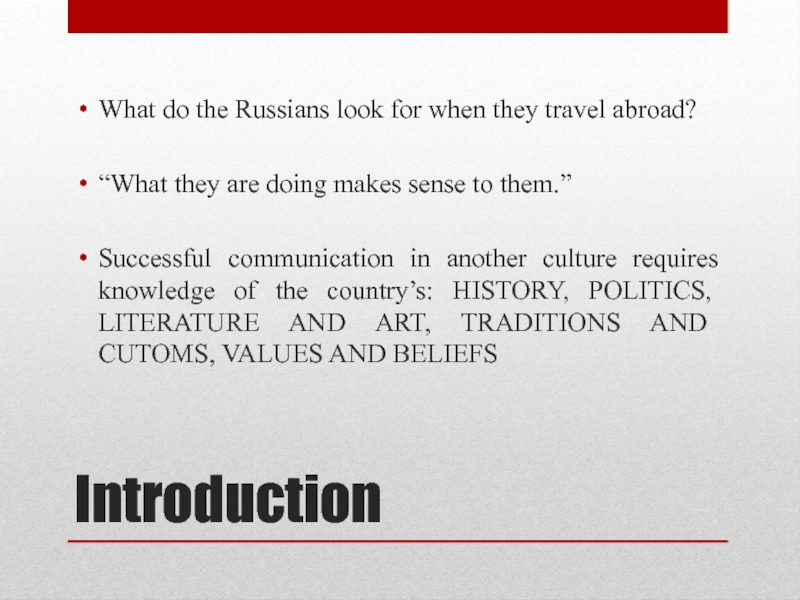
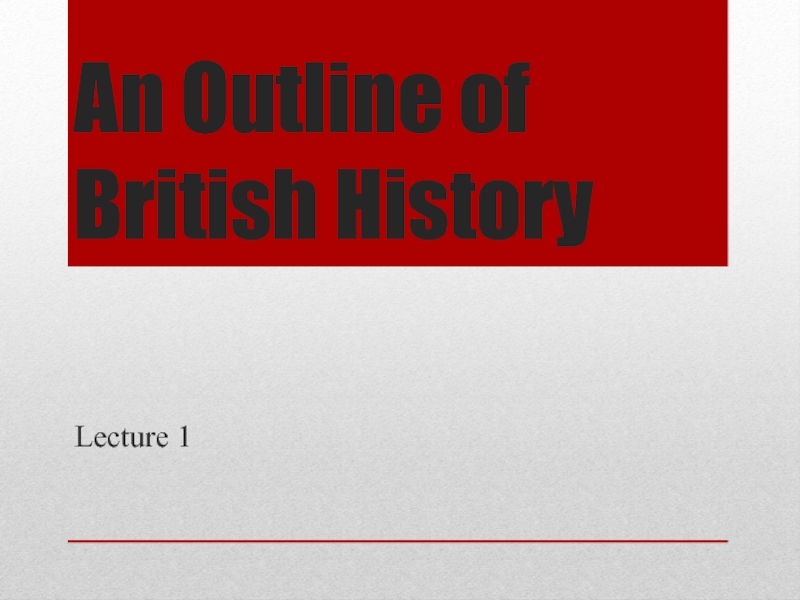
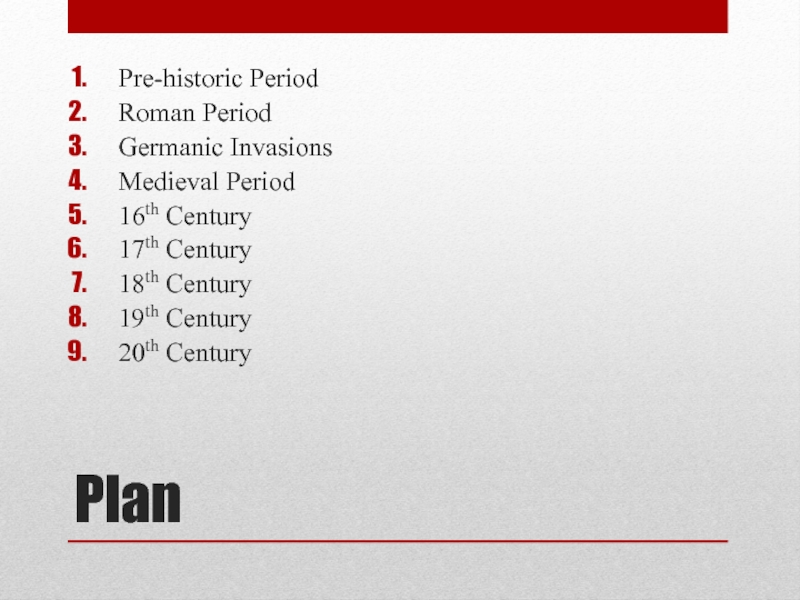
![Introduction Pre-historic PeriodStone AgeIberians [ai’biəriənz]StonehengeCeltic [‘kelik] tribes (Britons) – 6th – 3d centuries BC Pre-historic PeriodStone AgeIberians [ai’biəriənz]StonehengeCeltic [‘kelik] tribes (Britons) – 6th – 3d centuries BC](/img/thumbs/86ae2a8dff37881527e78b59f2a10025-800x.jpg)
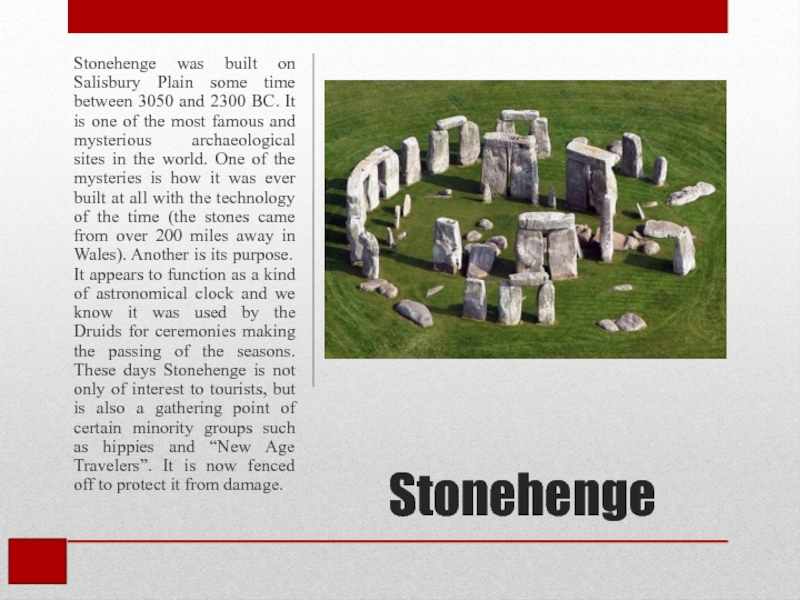
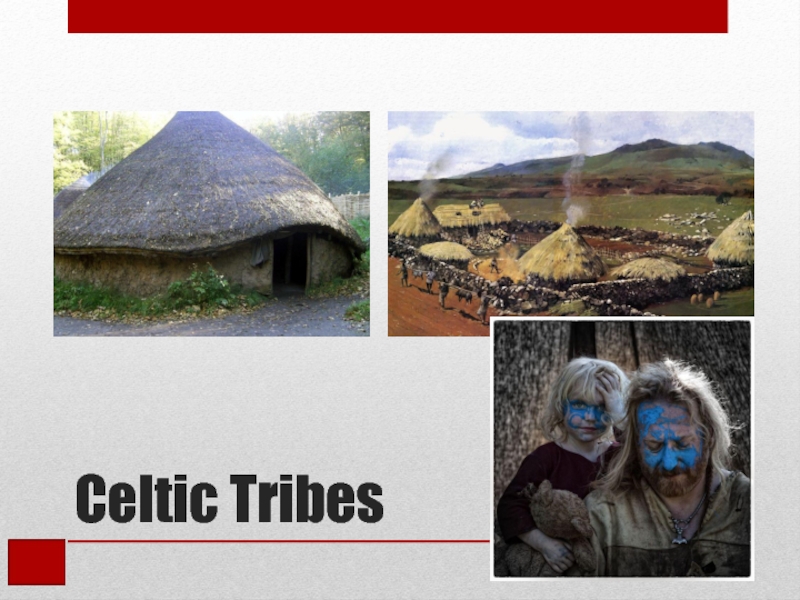
![Introduction Roman PeriodRoman province of BritanniaScotsPictsBritons in England and WalesGaels in Ireland Roman PeriodRoman province of BritanniaScotsPictsBritons in England and WalesGaels in Ireland and ScotlandLondinium (London)Chester, Lancaster, Gloucer [‘glɔstə]](/img/thumbs/6343be634adec92294707eb511318754-800x.jpg)
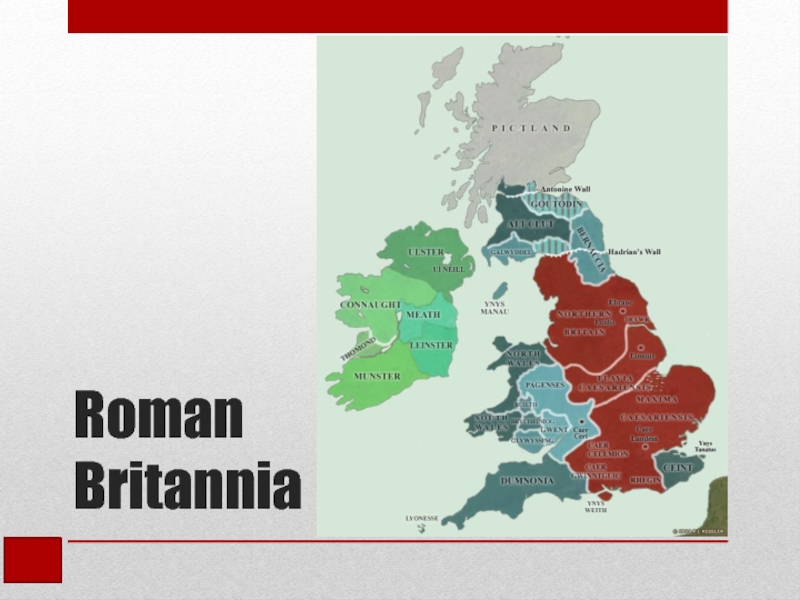
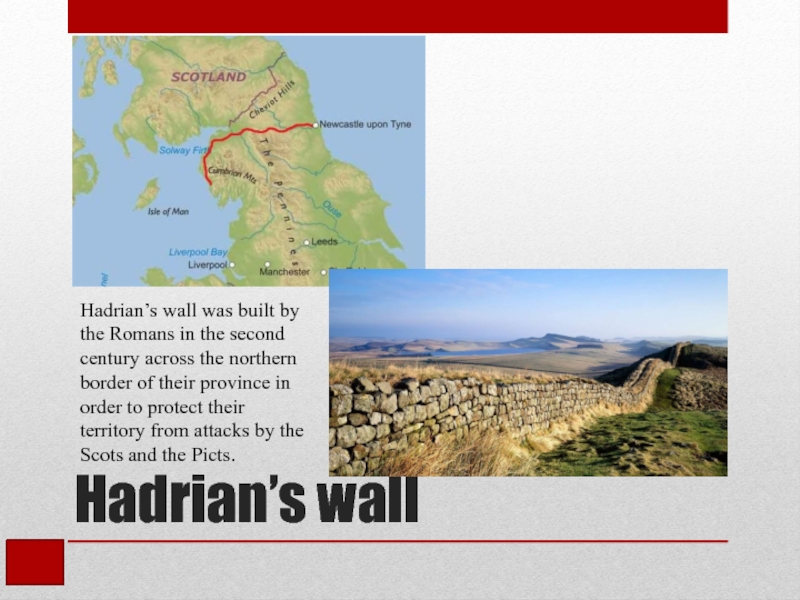
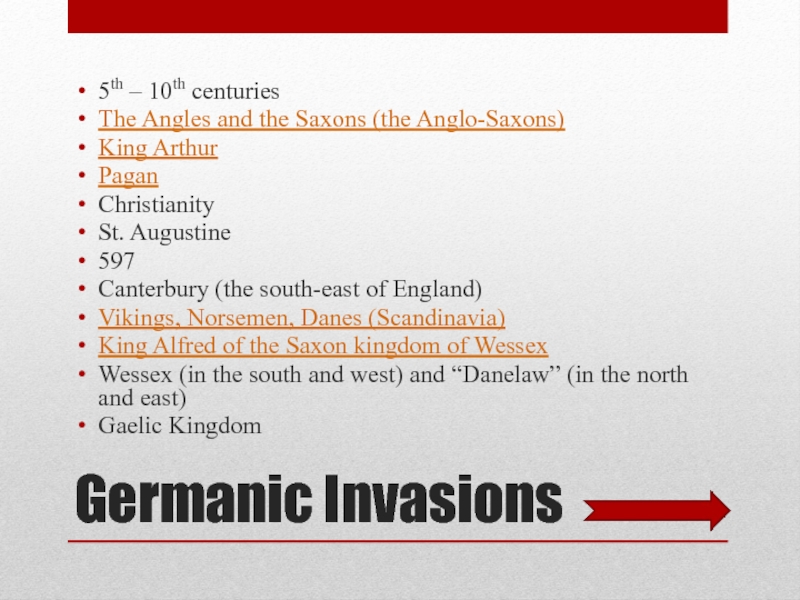
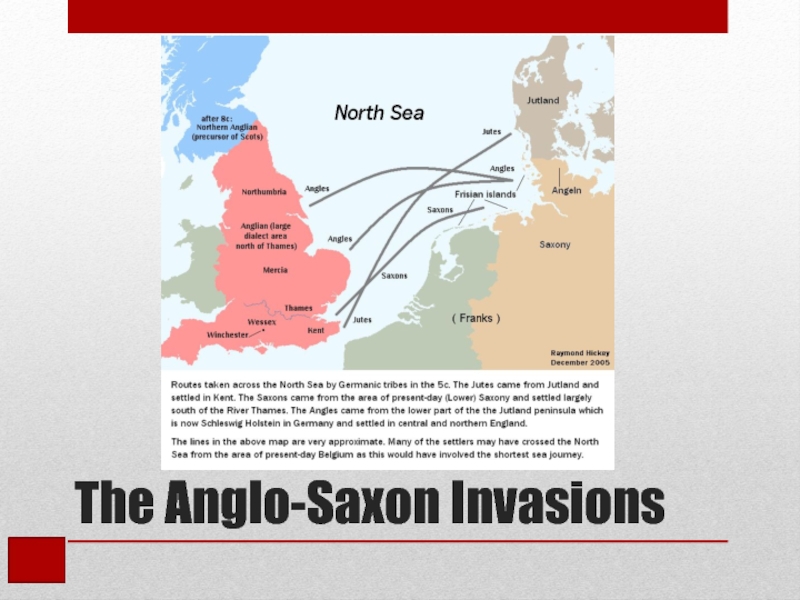
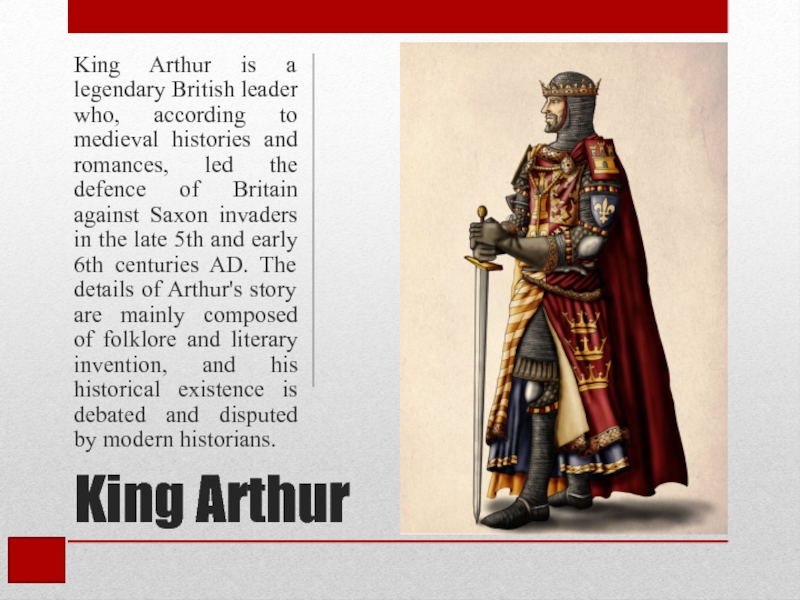
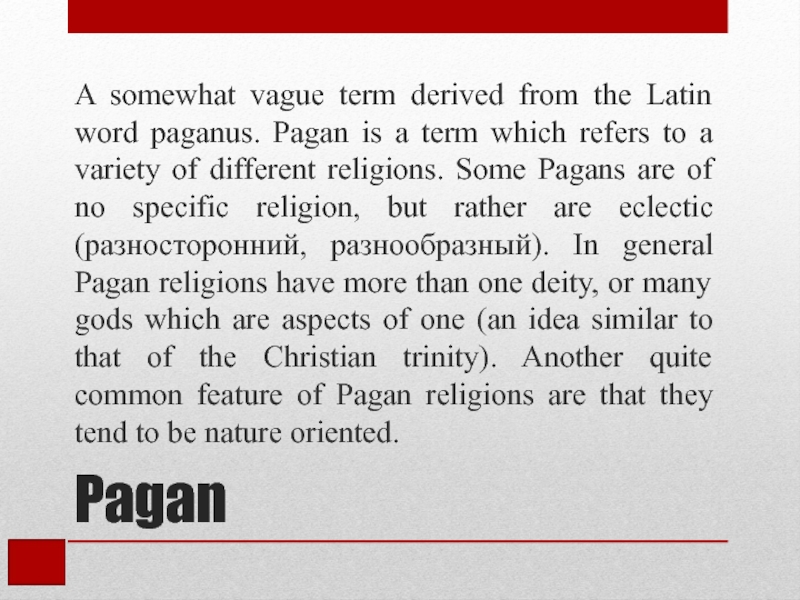
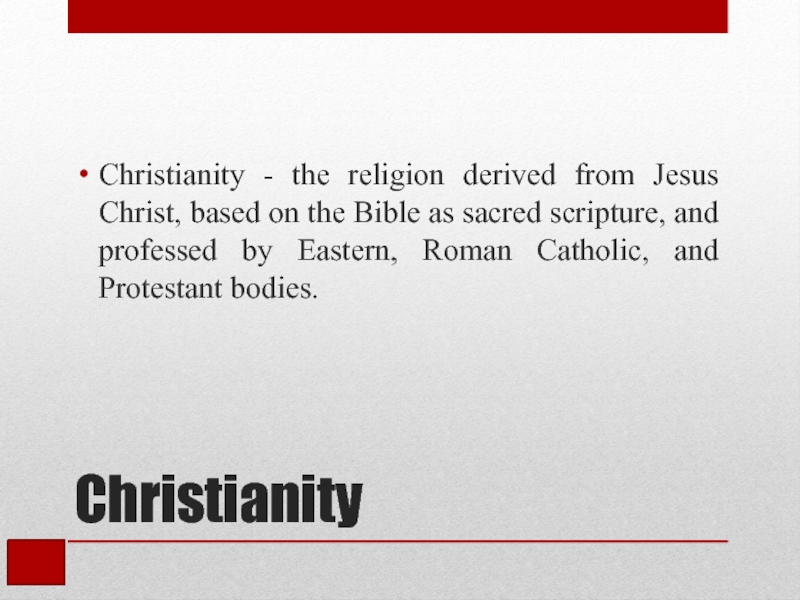
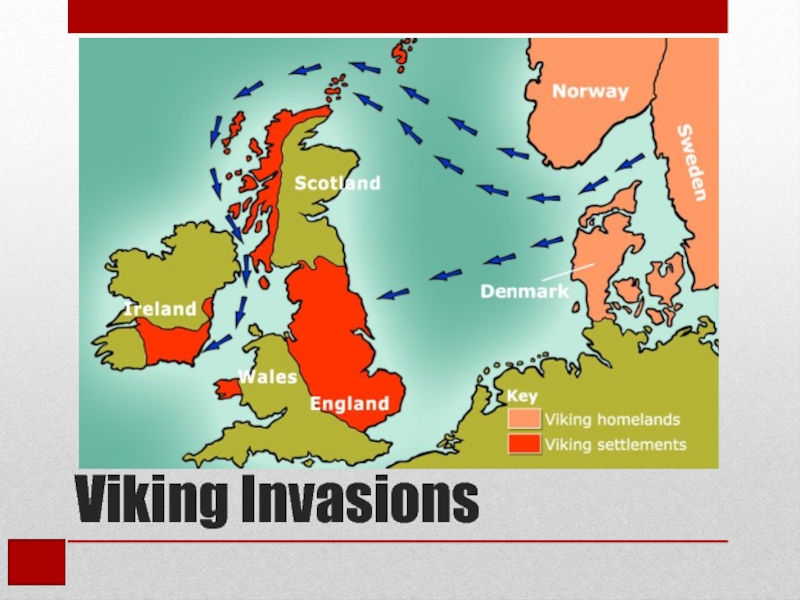
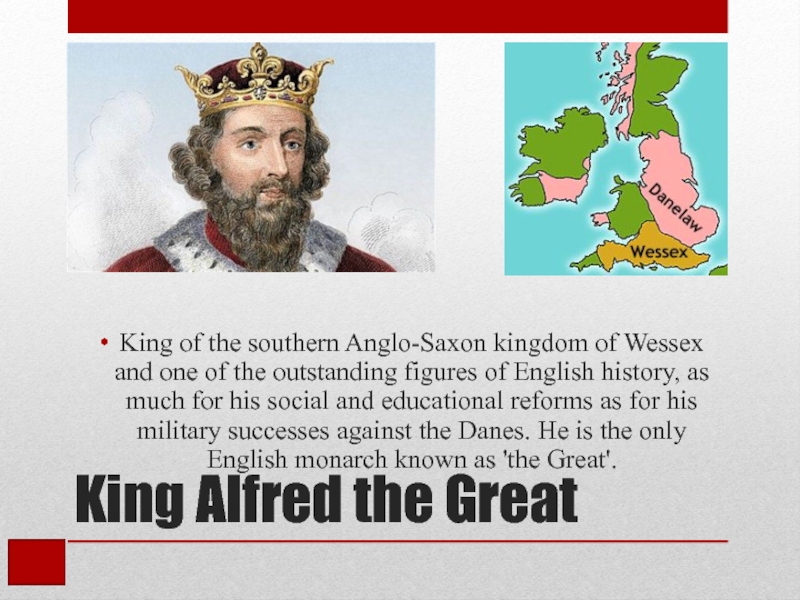
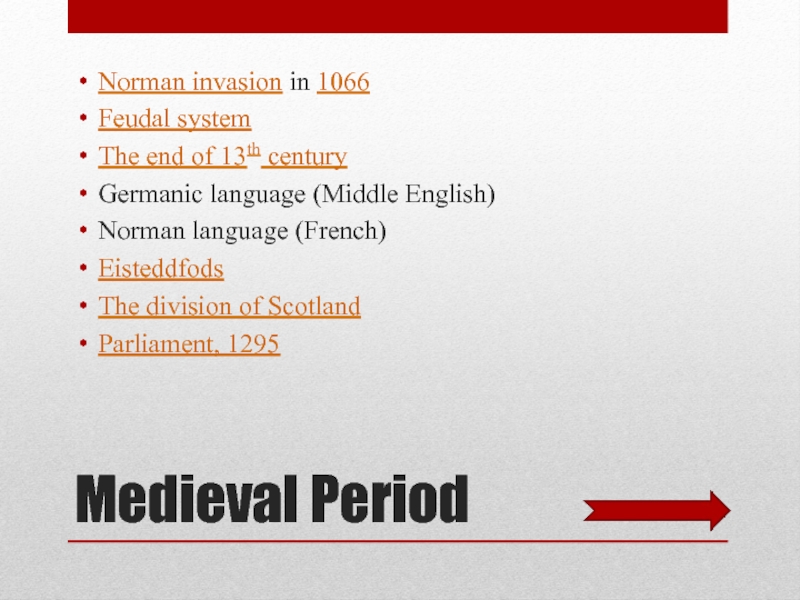
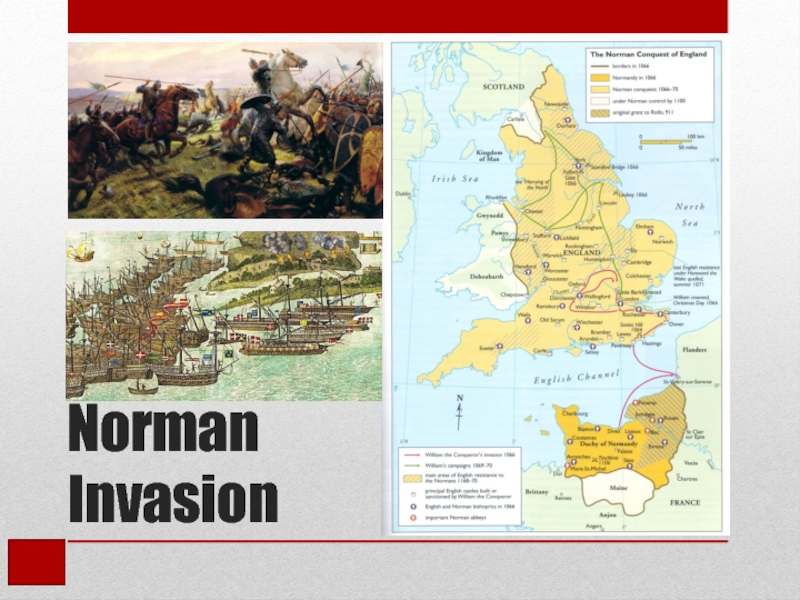
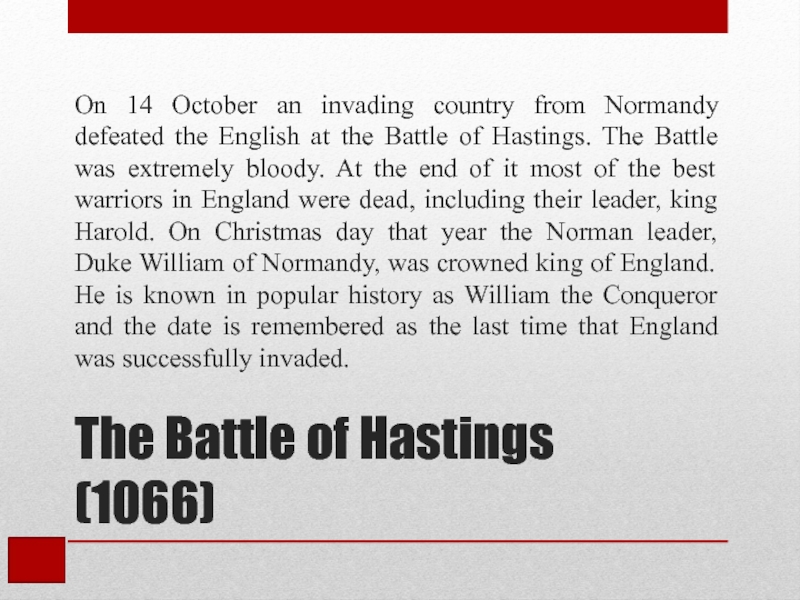
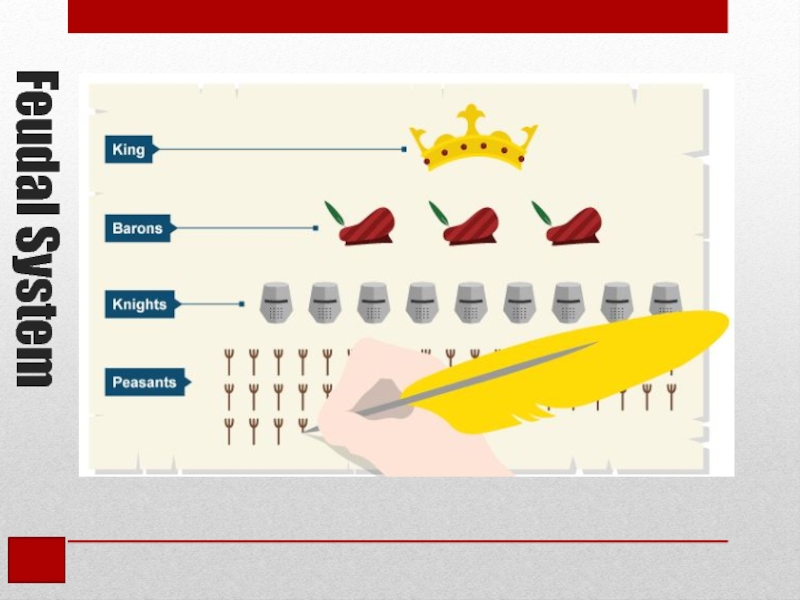
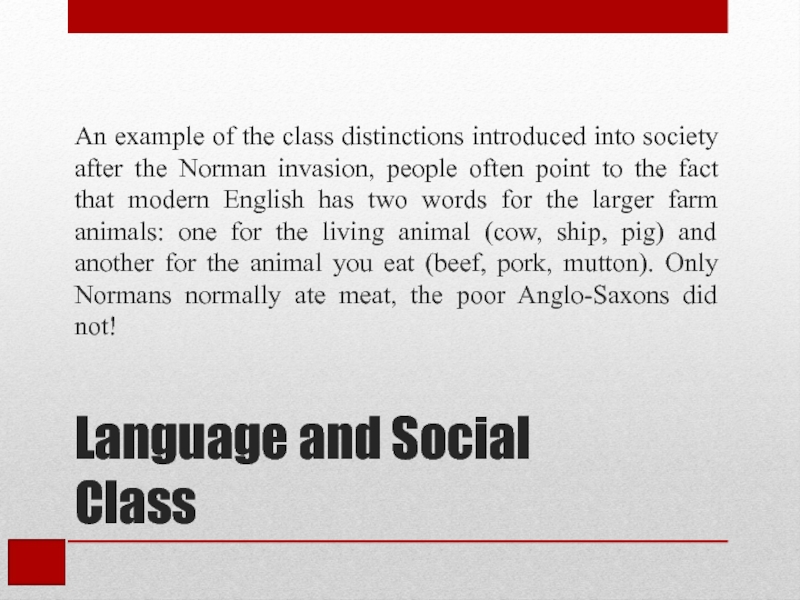
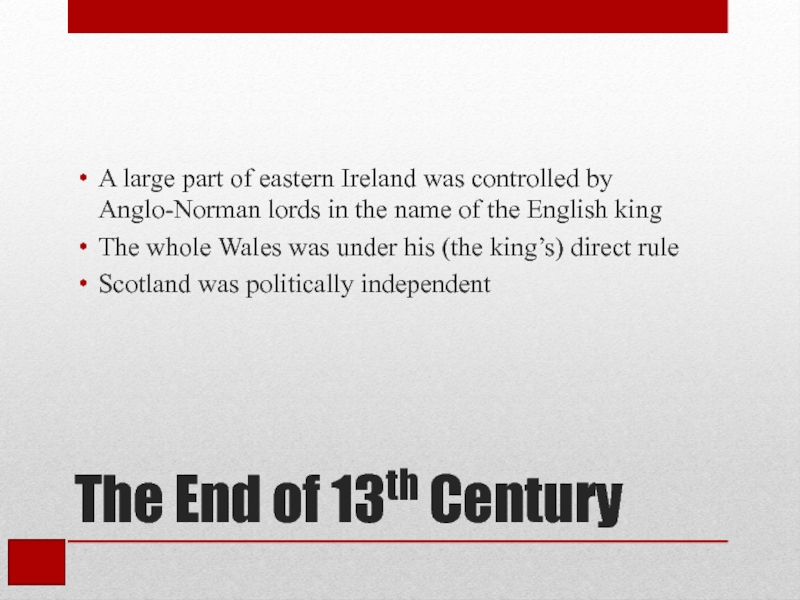
![Introduction EisteddfodsAn eisteddfod (Welsh: [ə(i)ˈstɛðvɔd] is a Welsh festival of literature, music EisteddfodsAn eisteddfod (Welsh: [ə(i)ˈstɛðvɔd] is a Welsh festival of literature, music and performance. The tradition of such](/img/thumbs/0fc13082818ce930784133ee02ca558d-800x.jpg)
